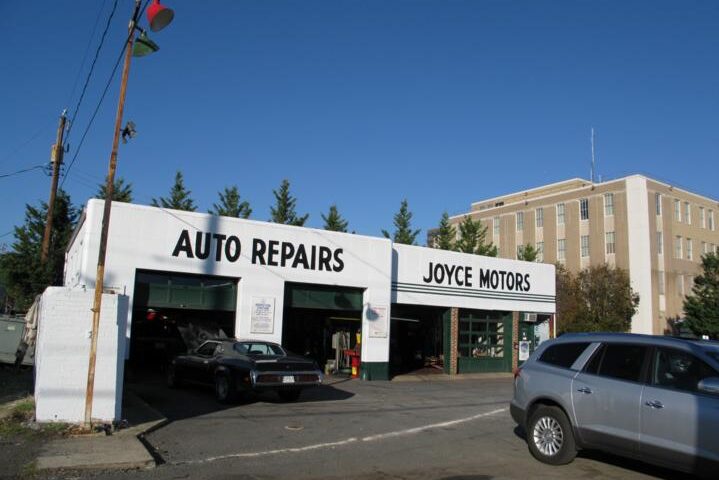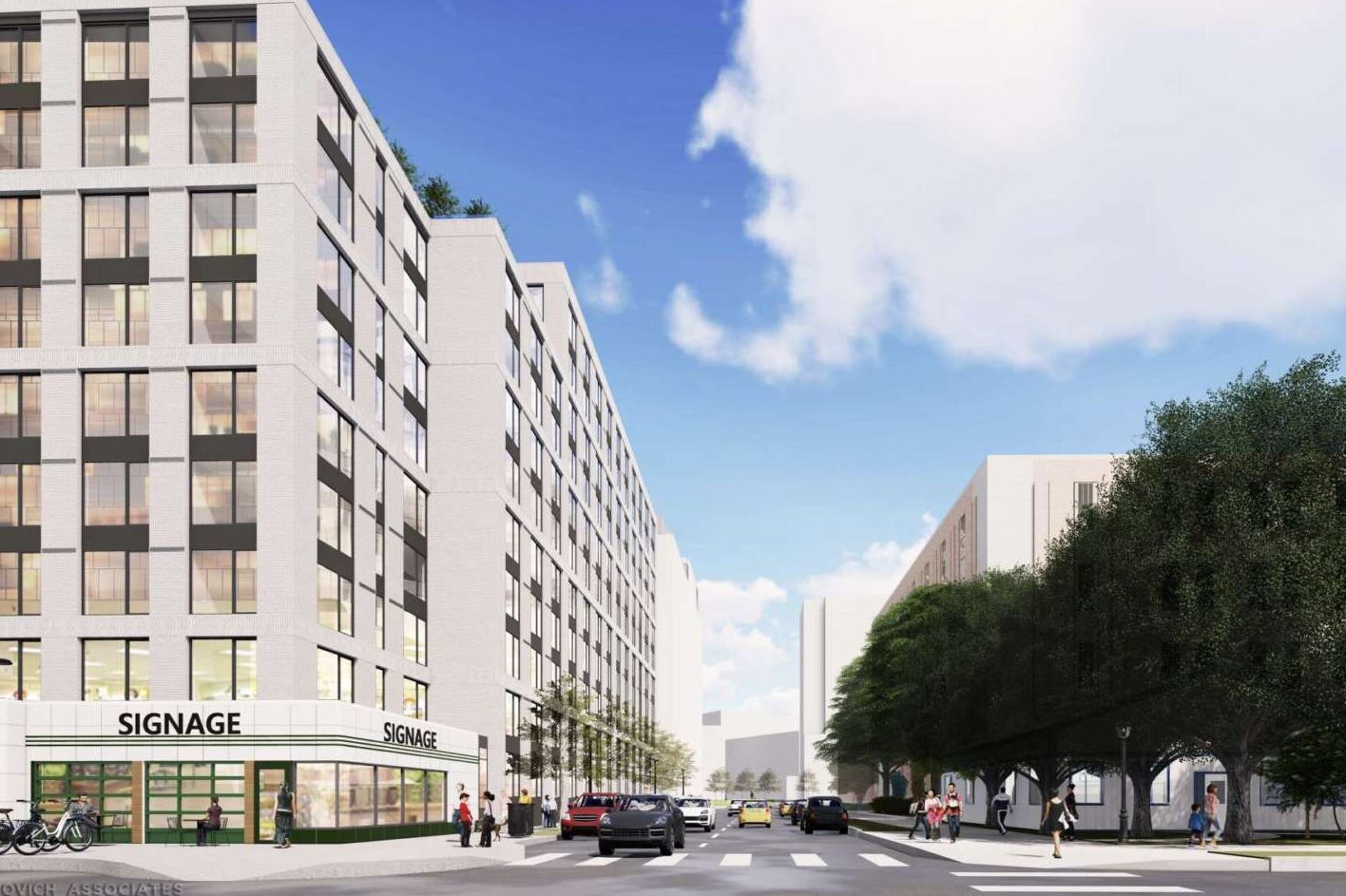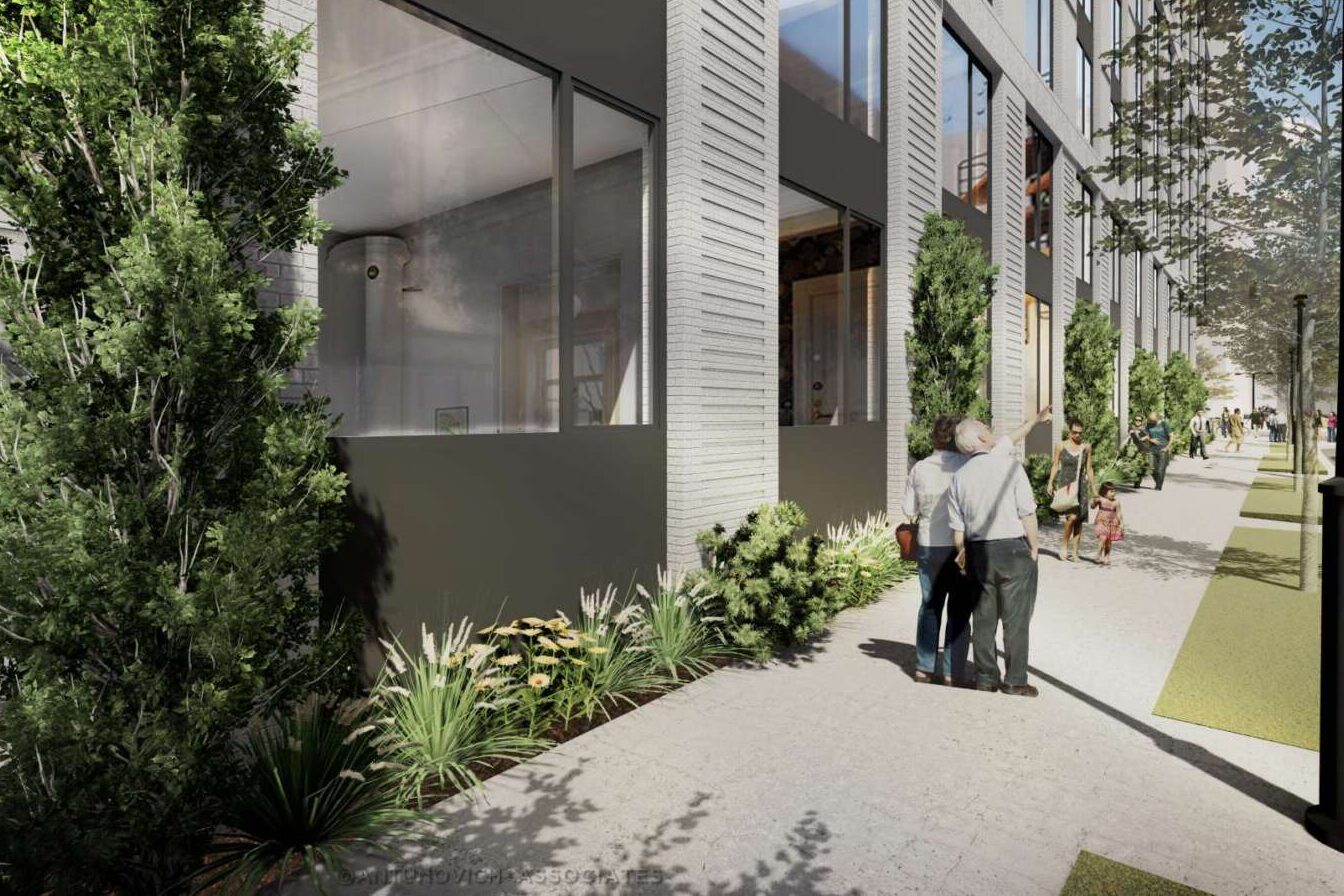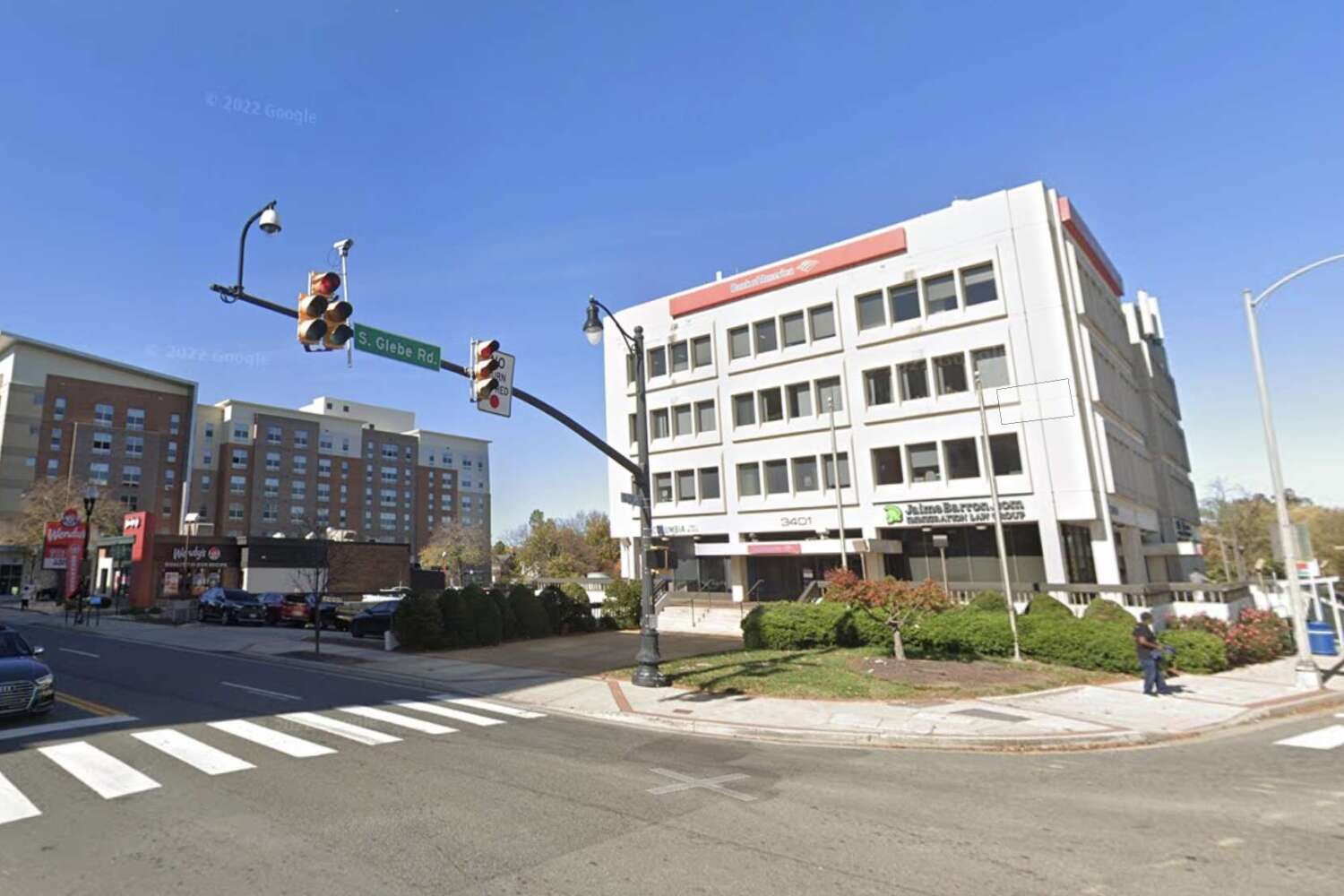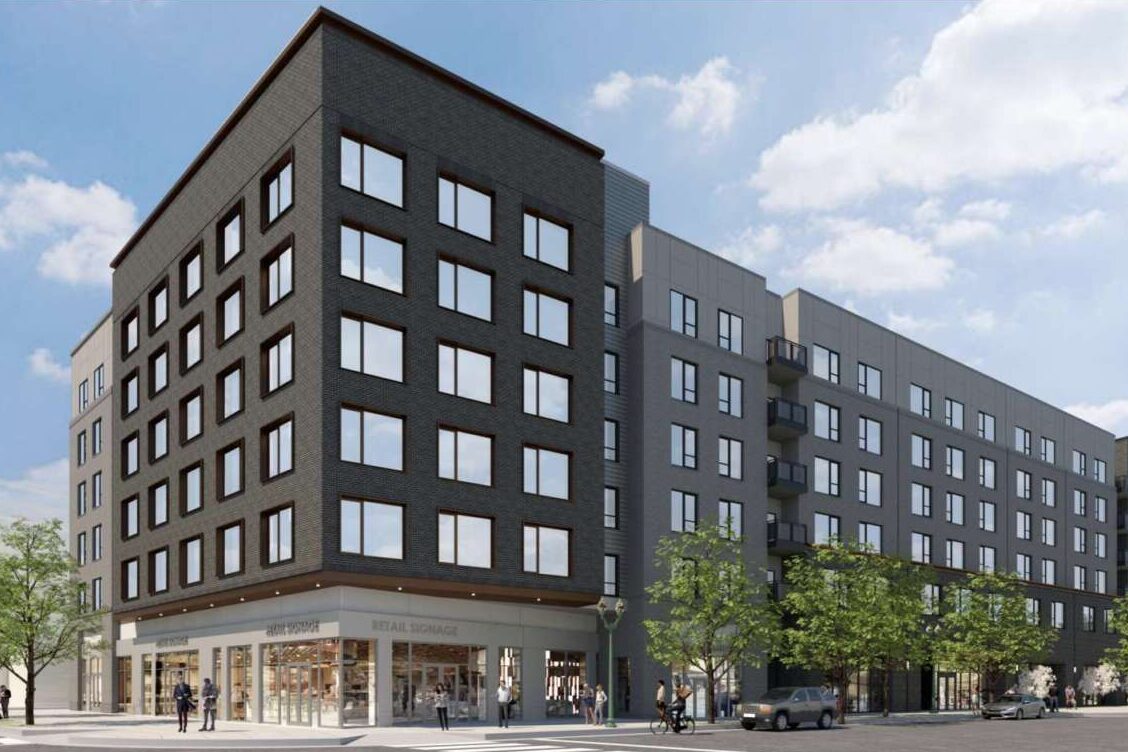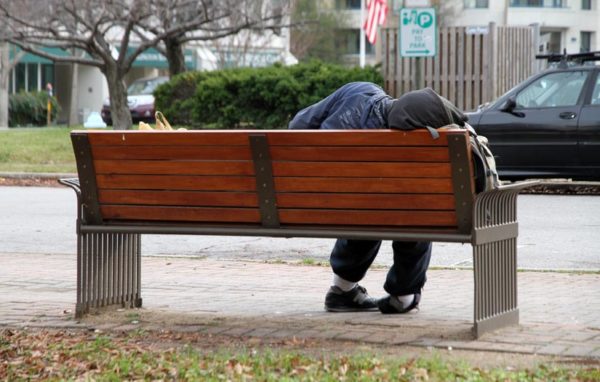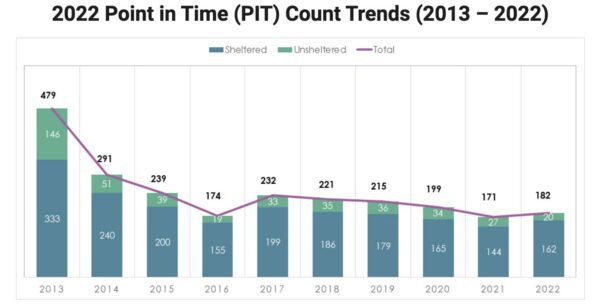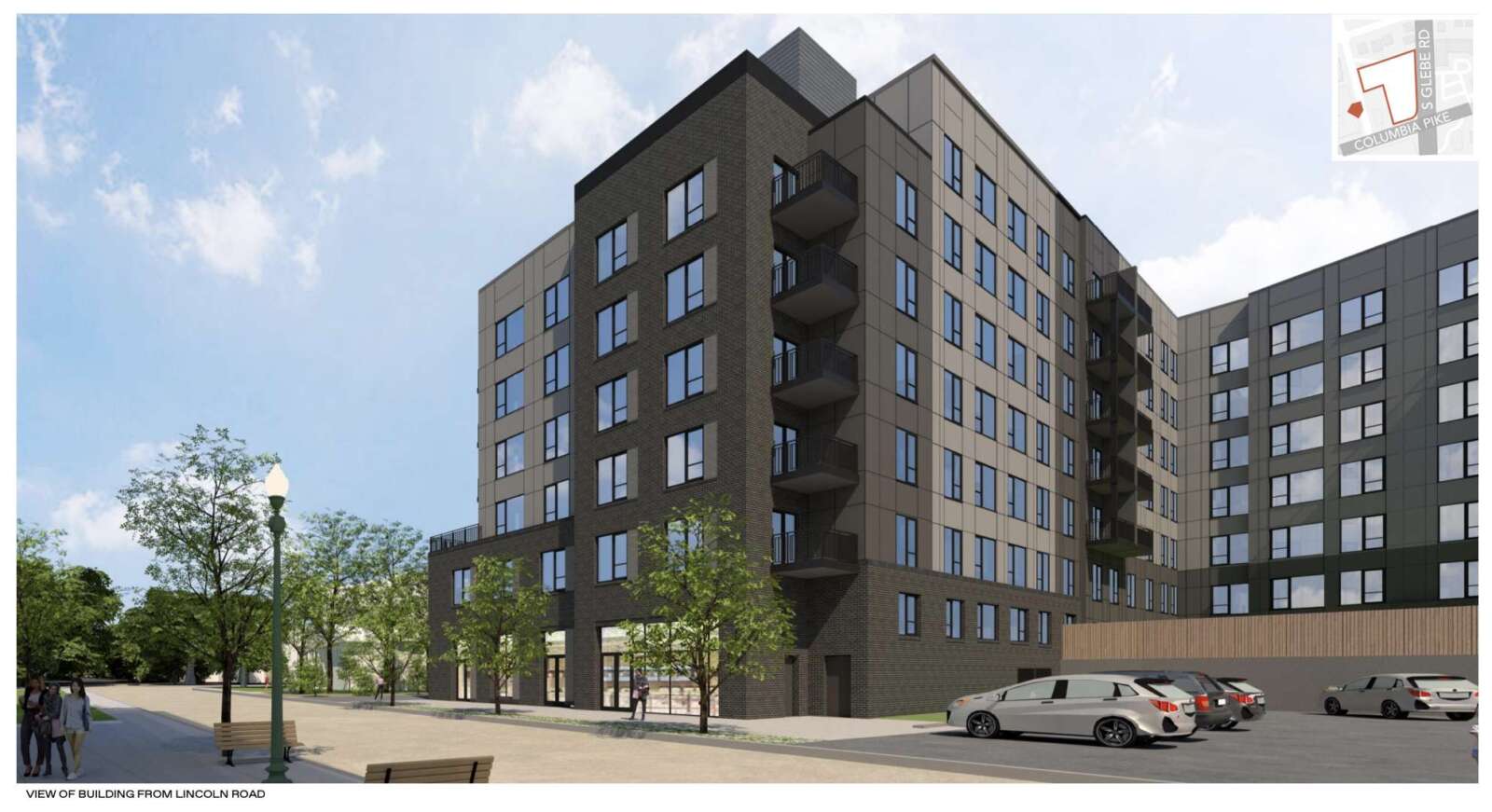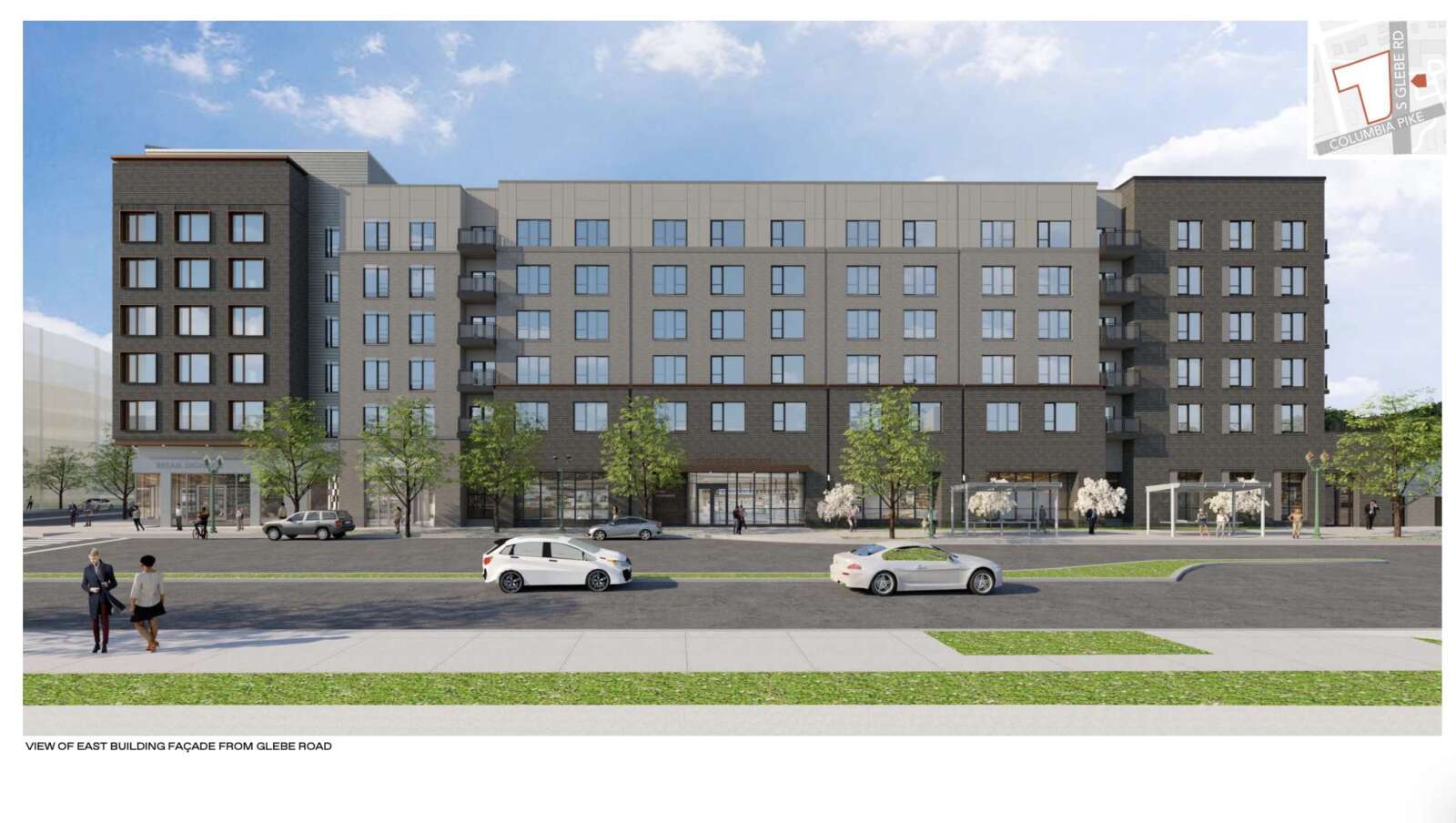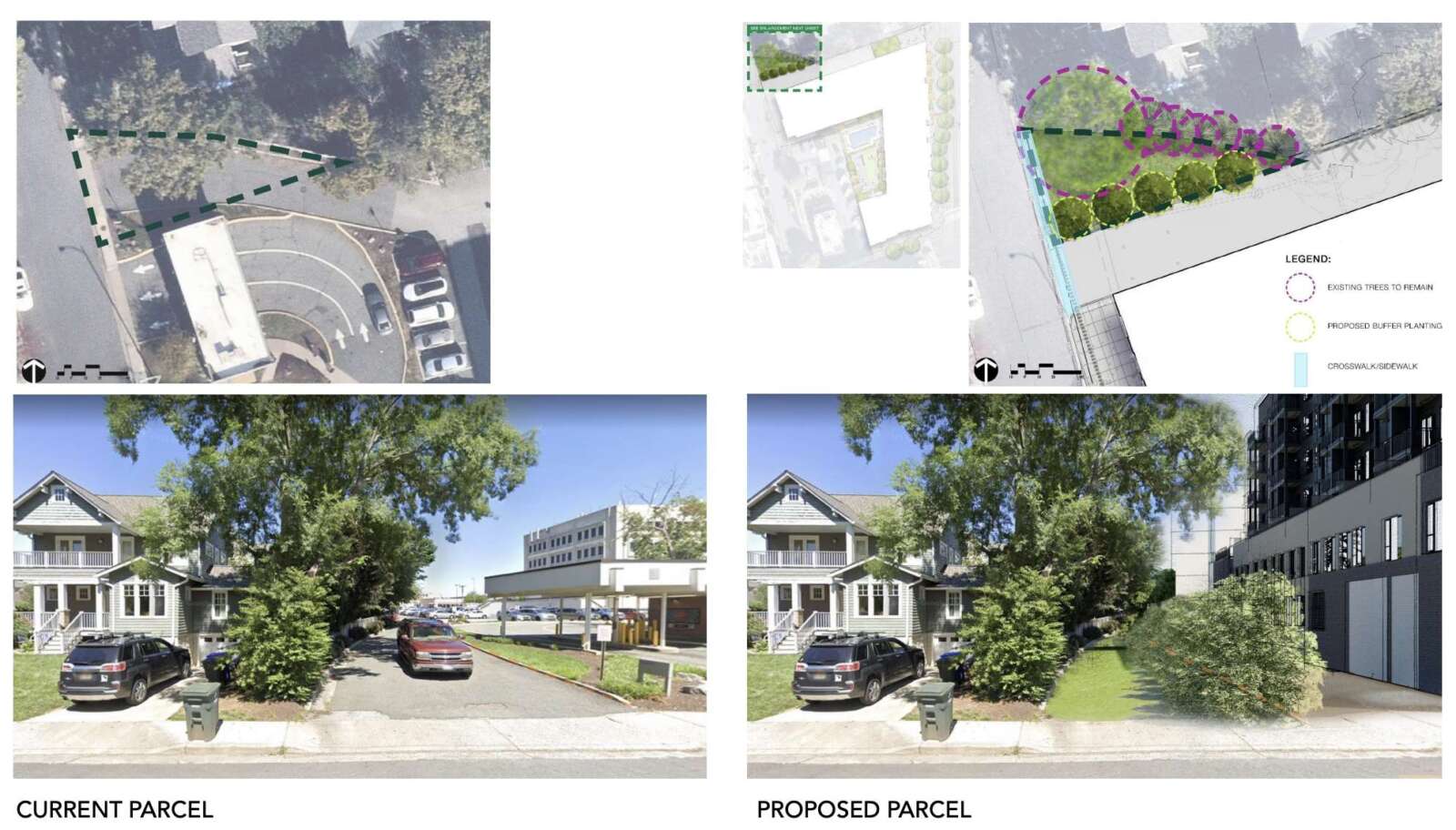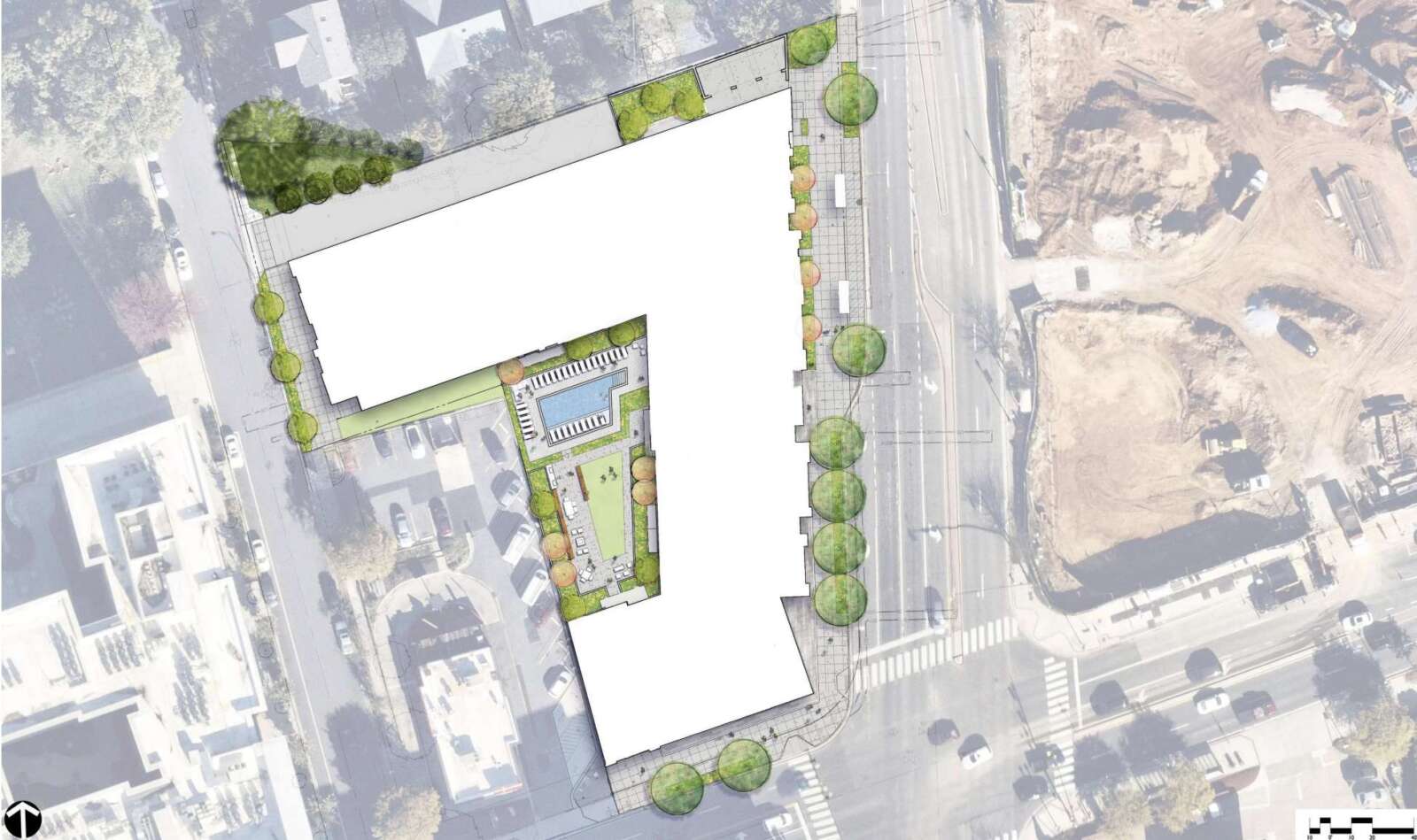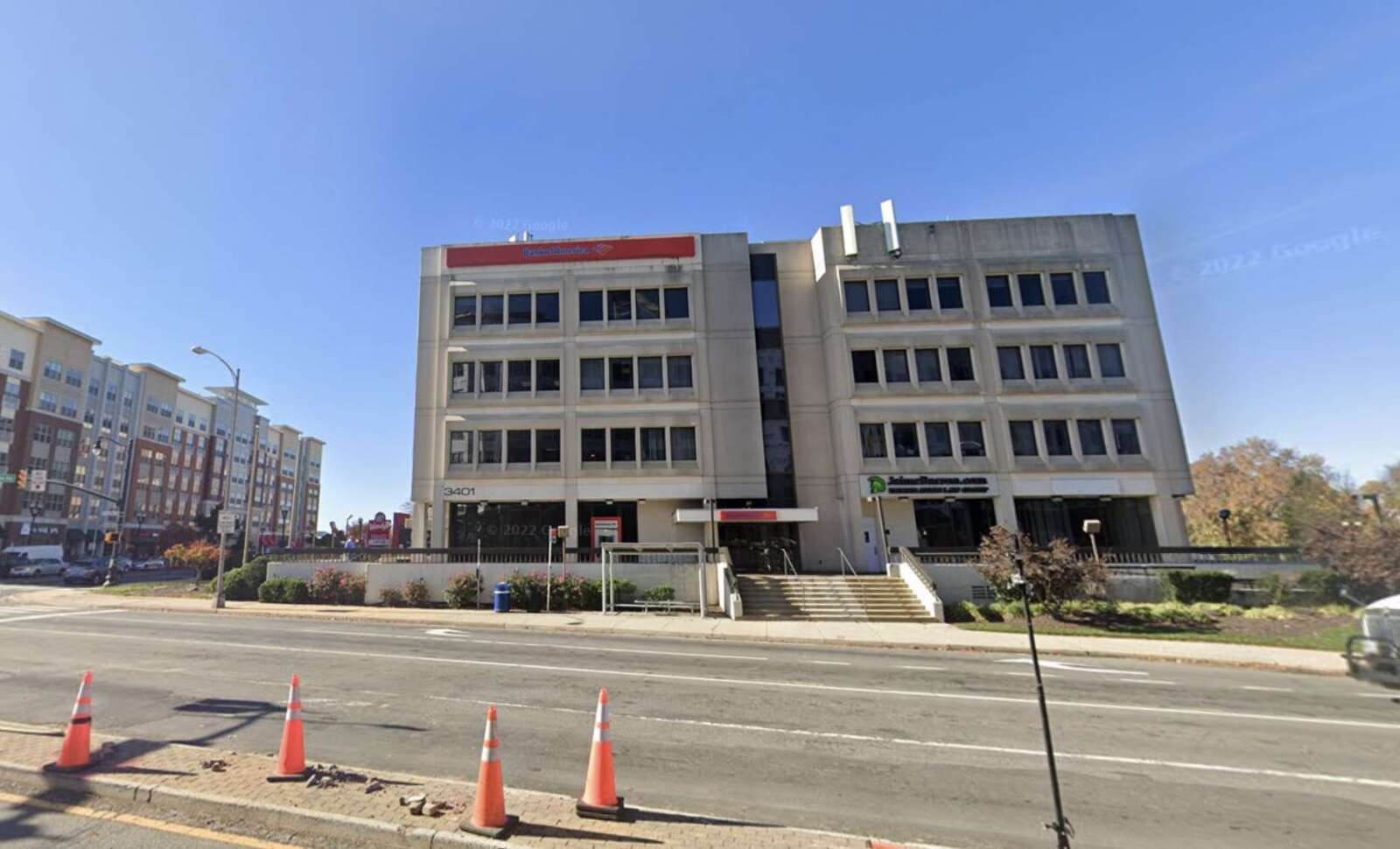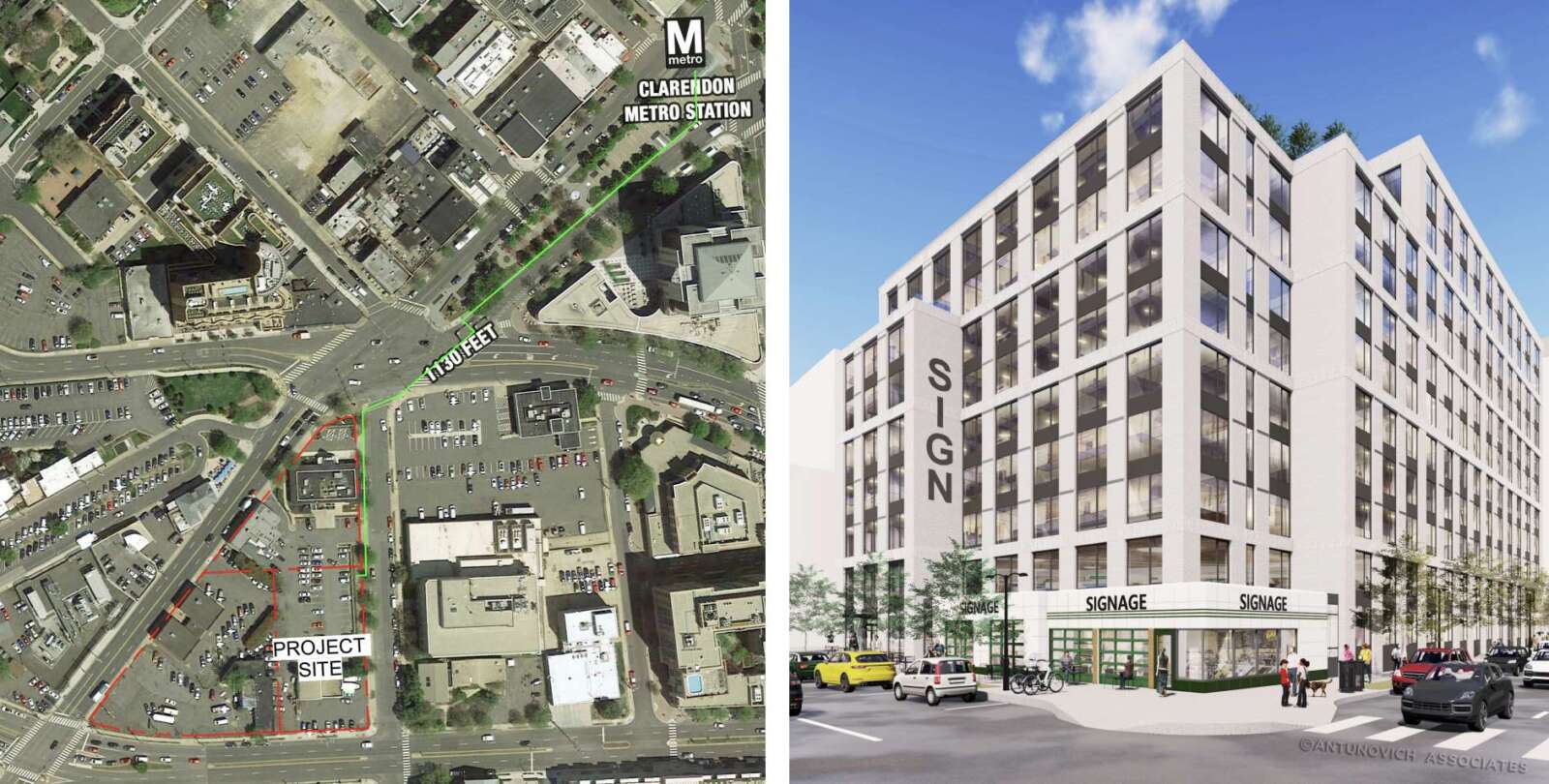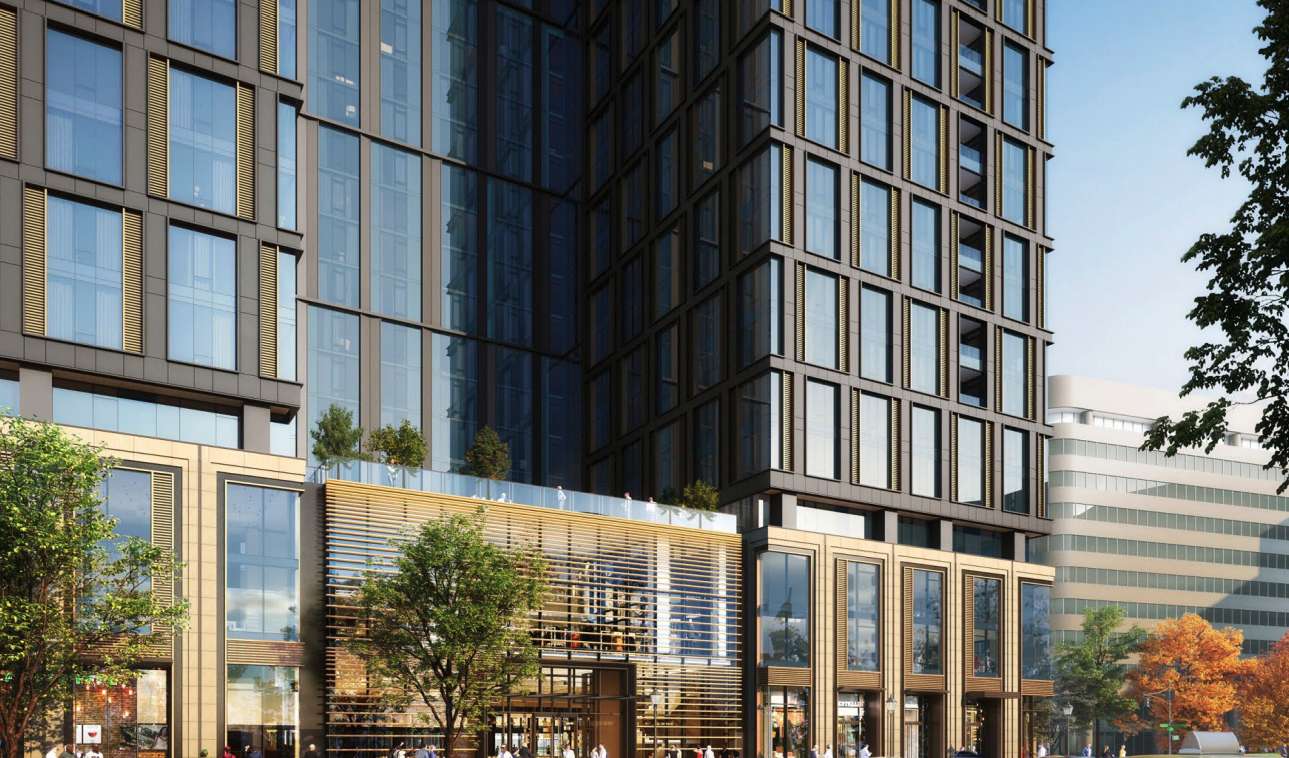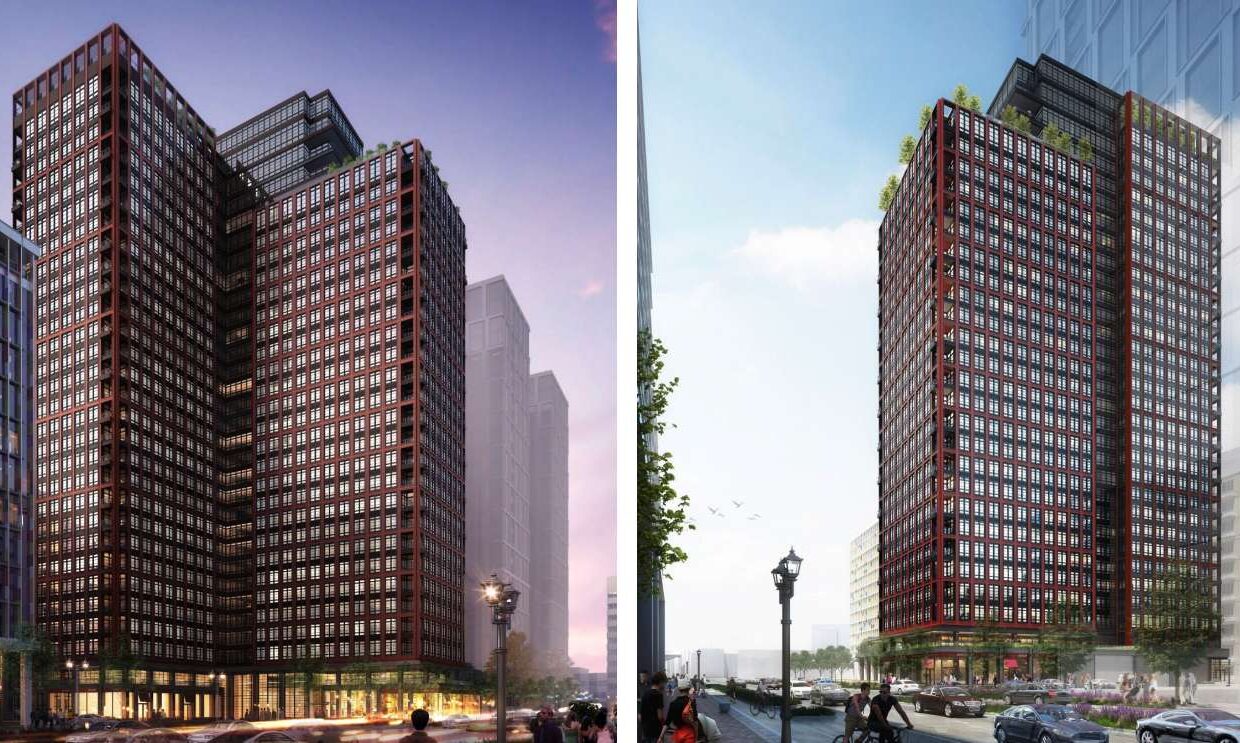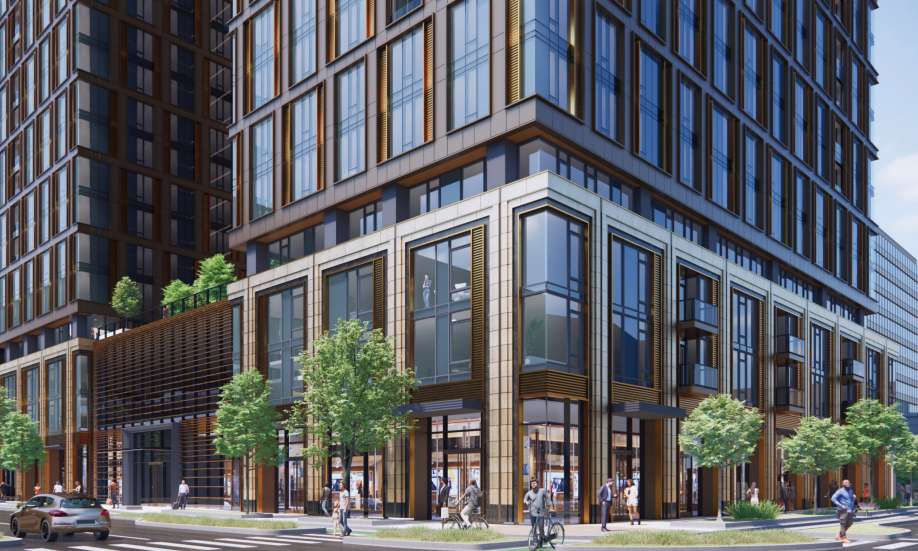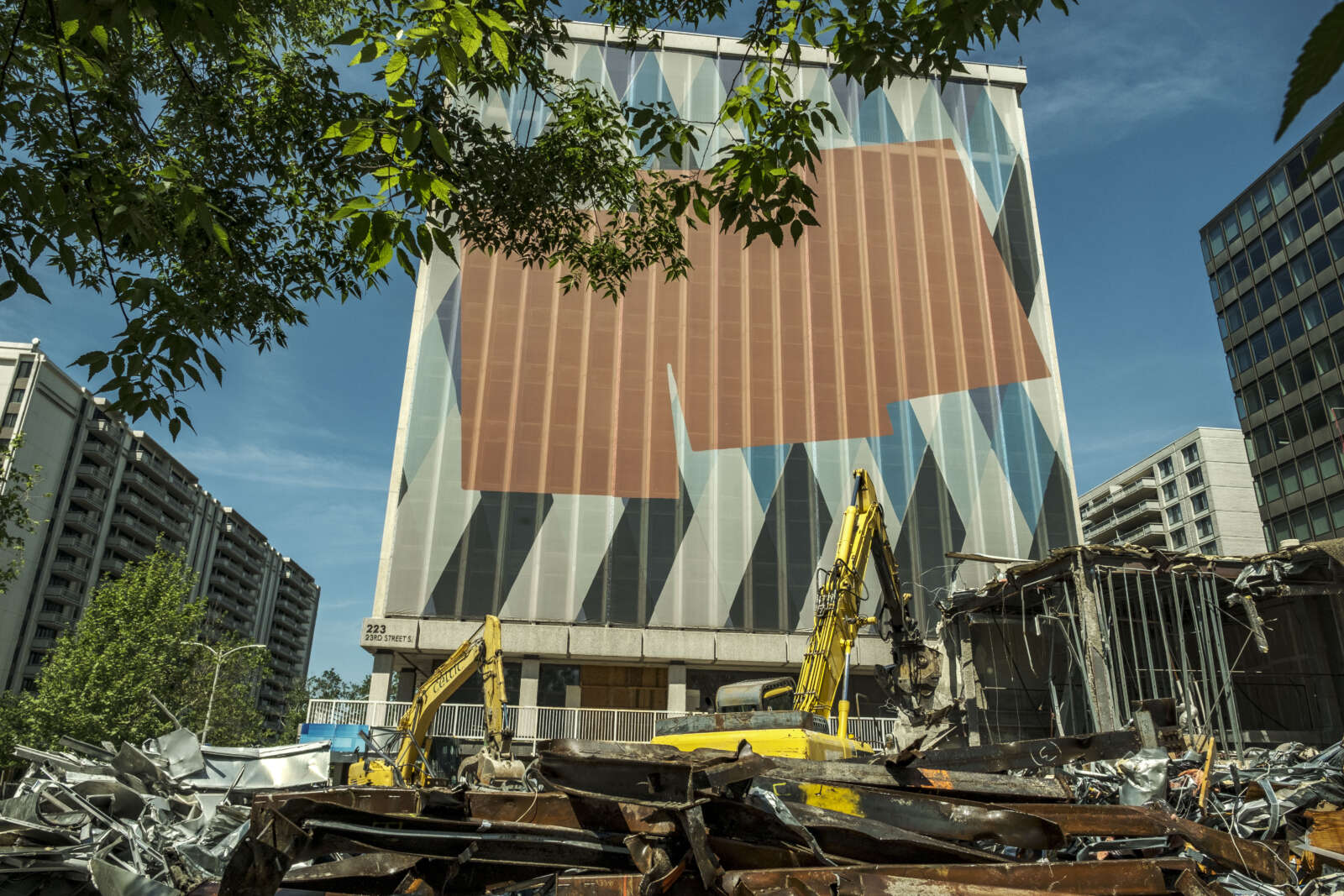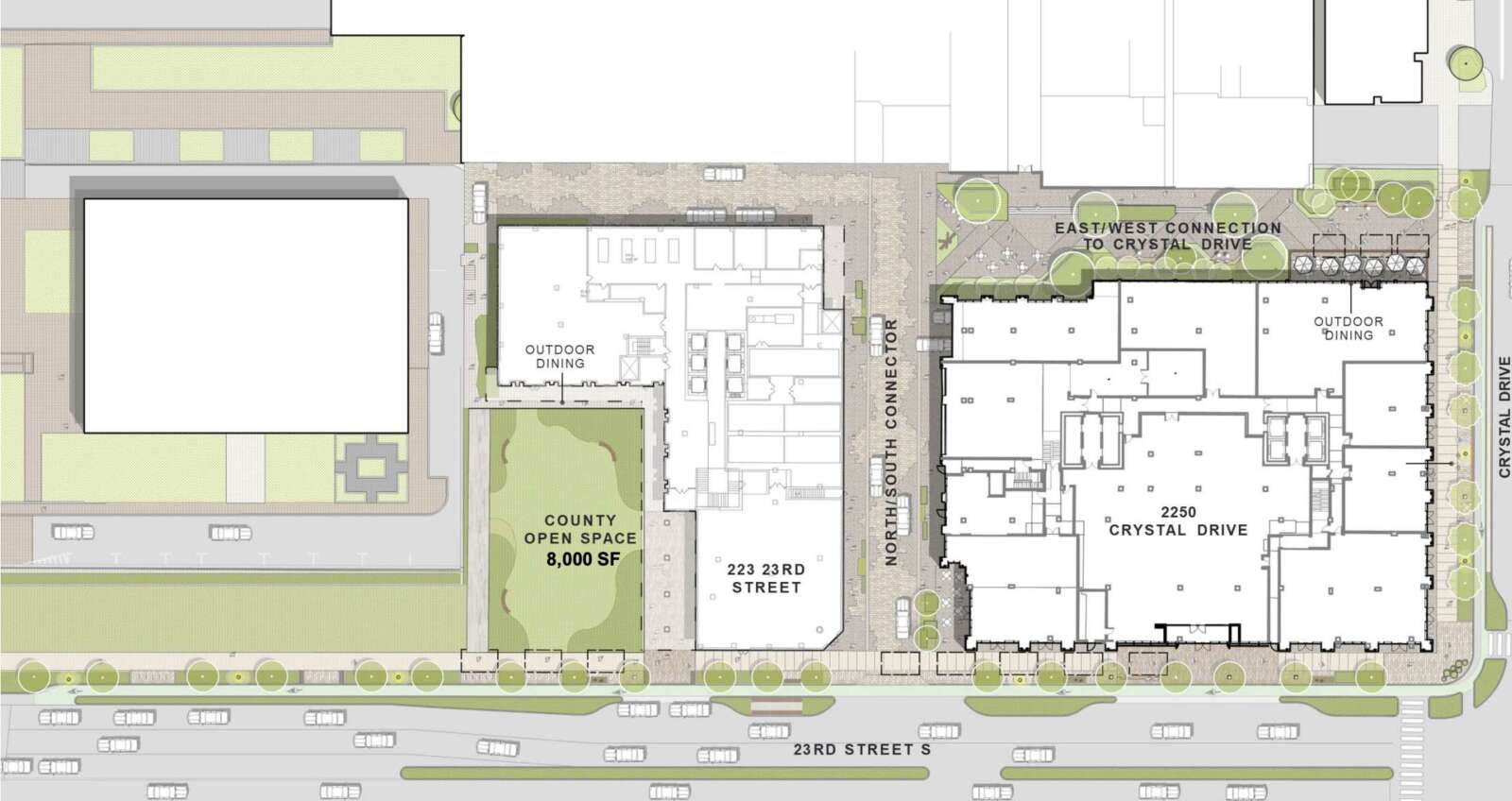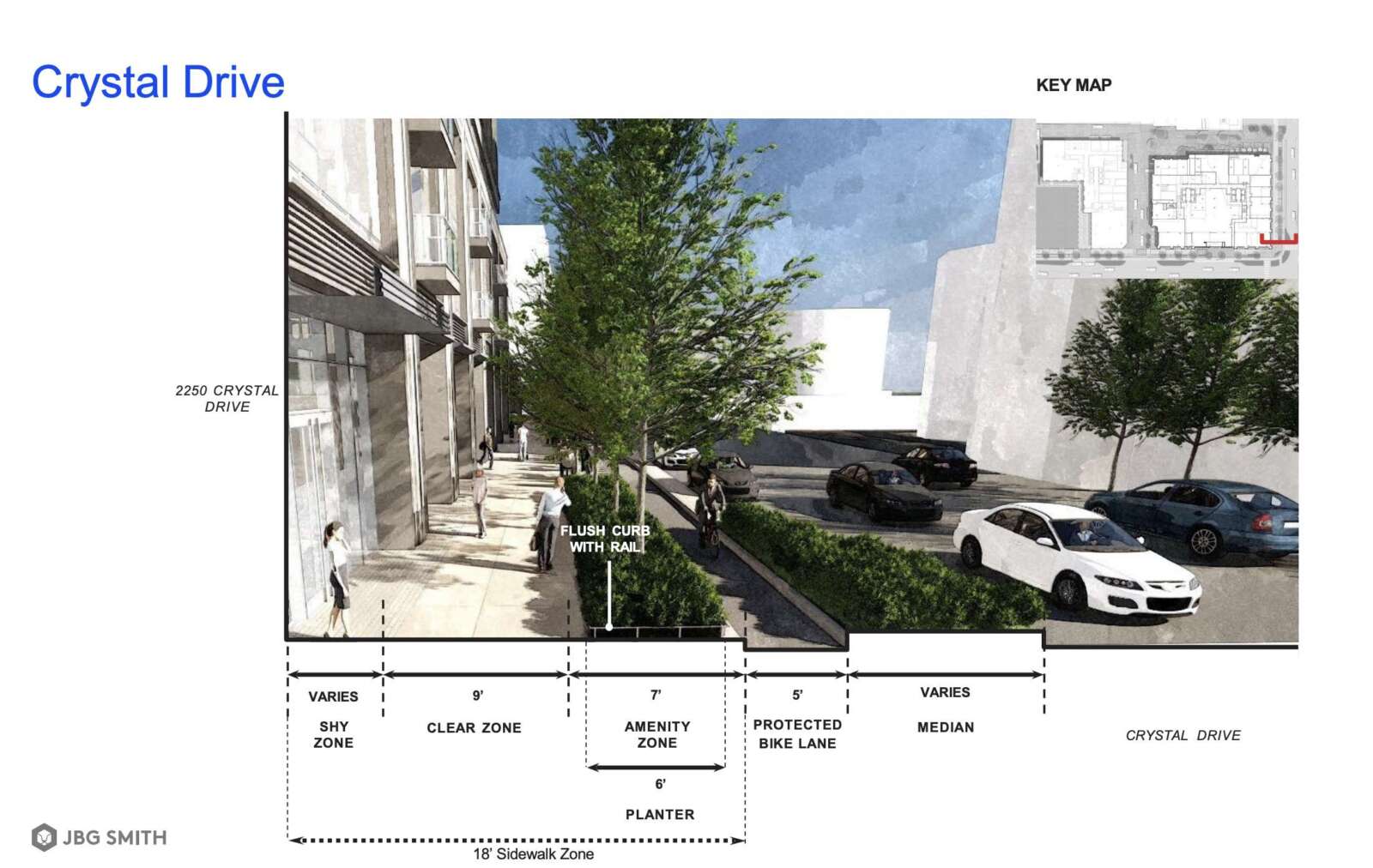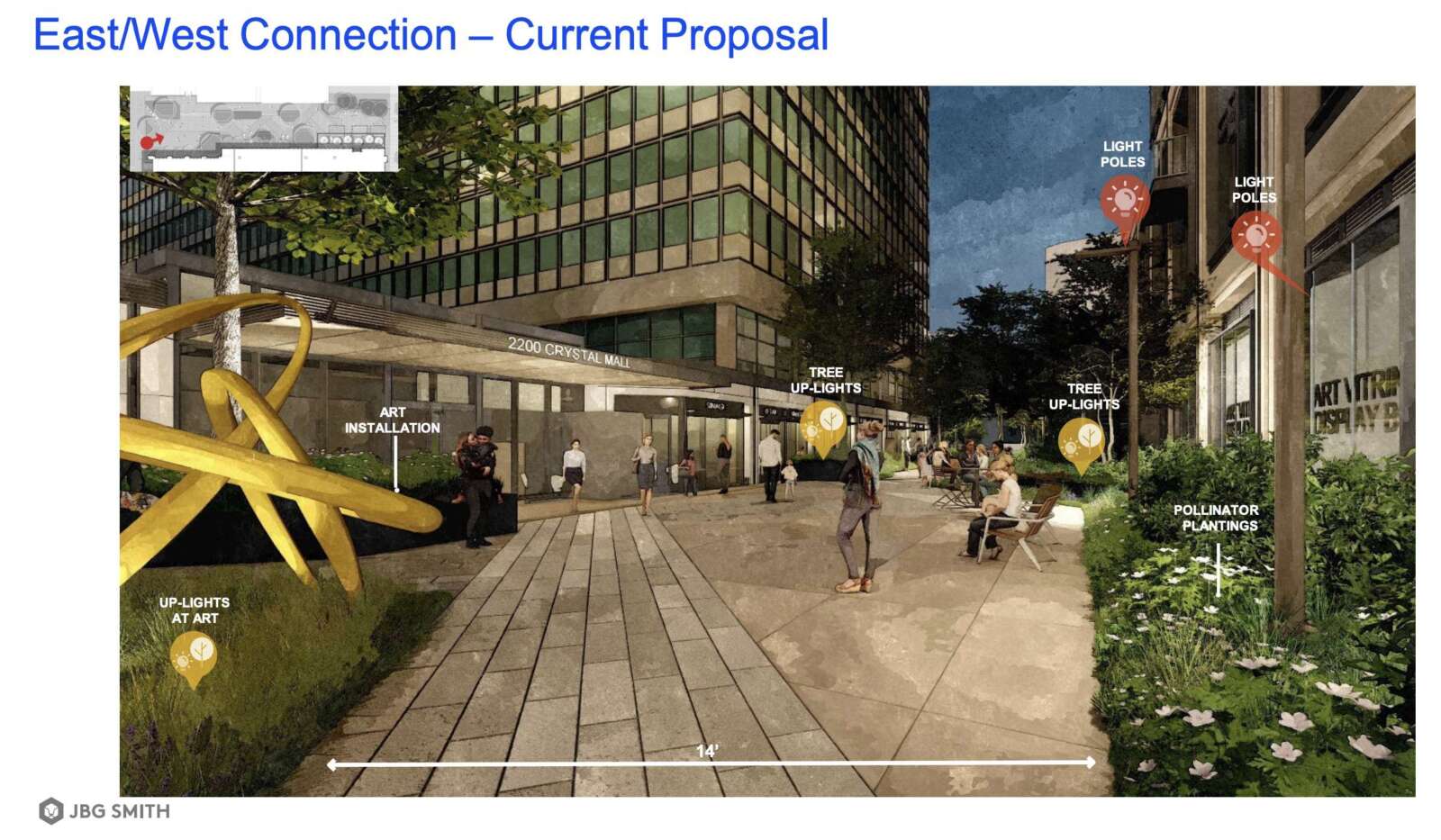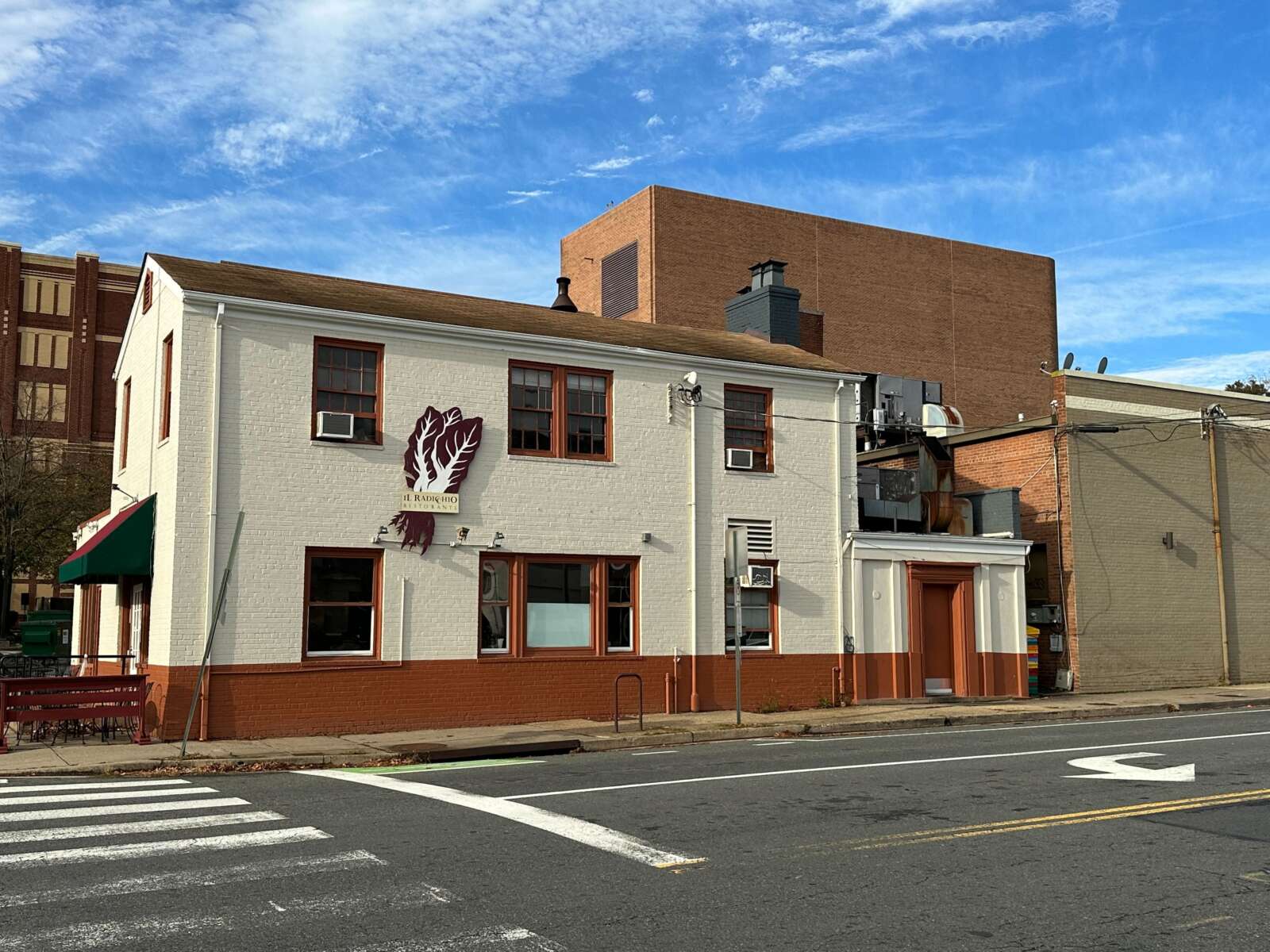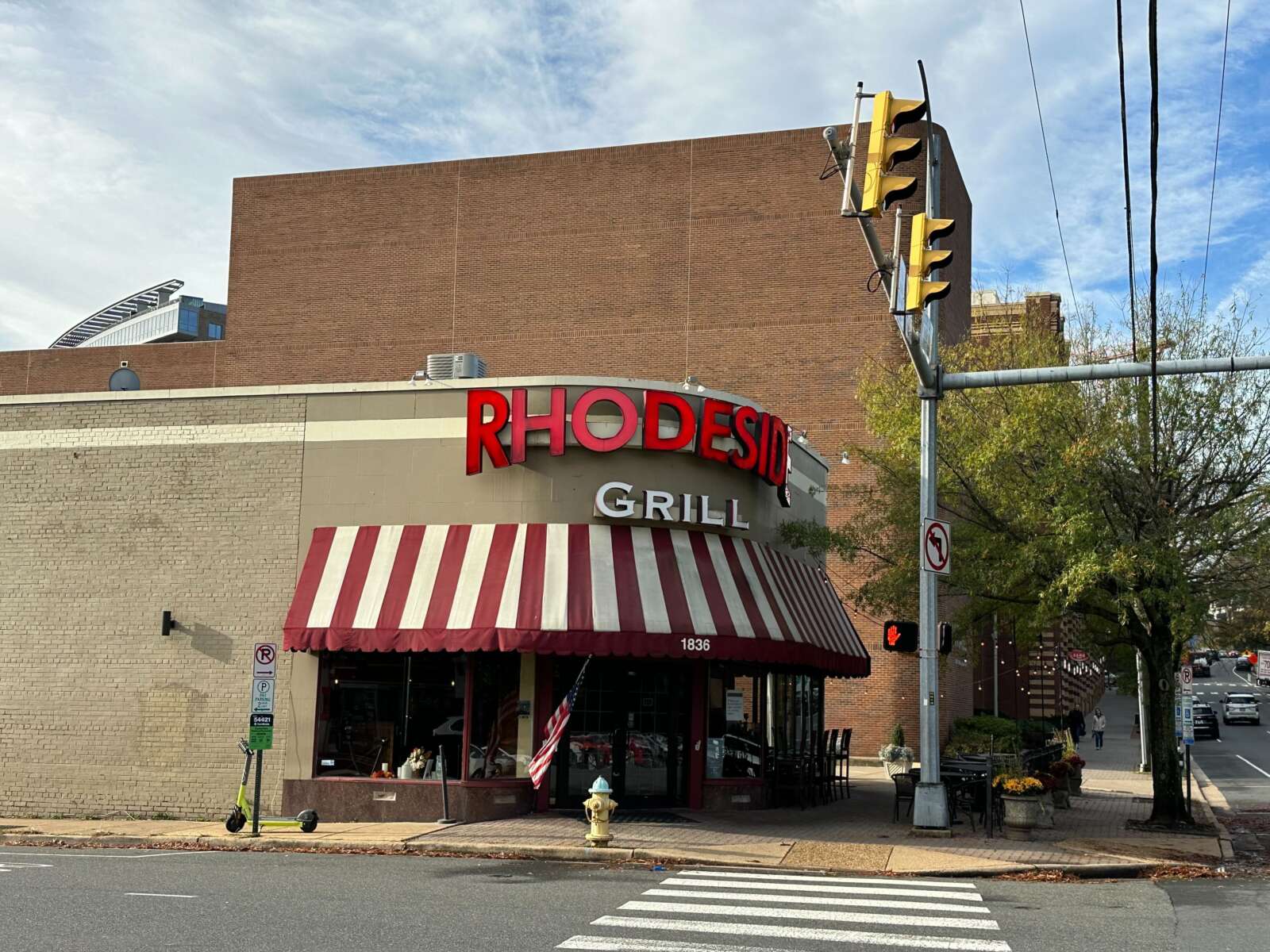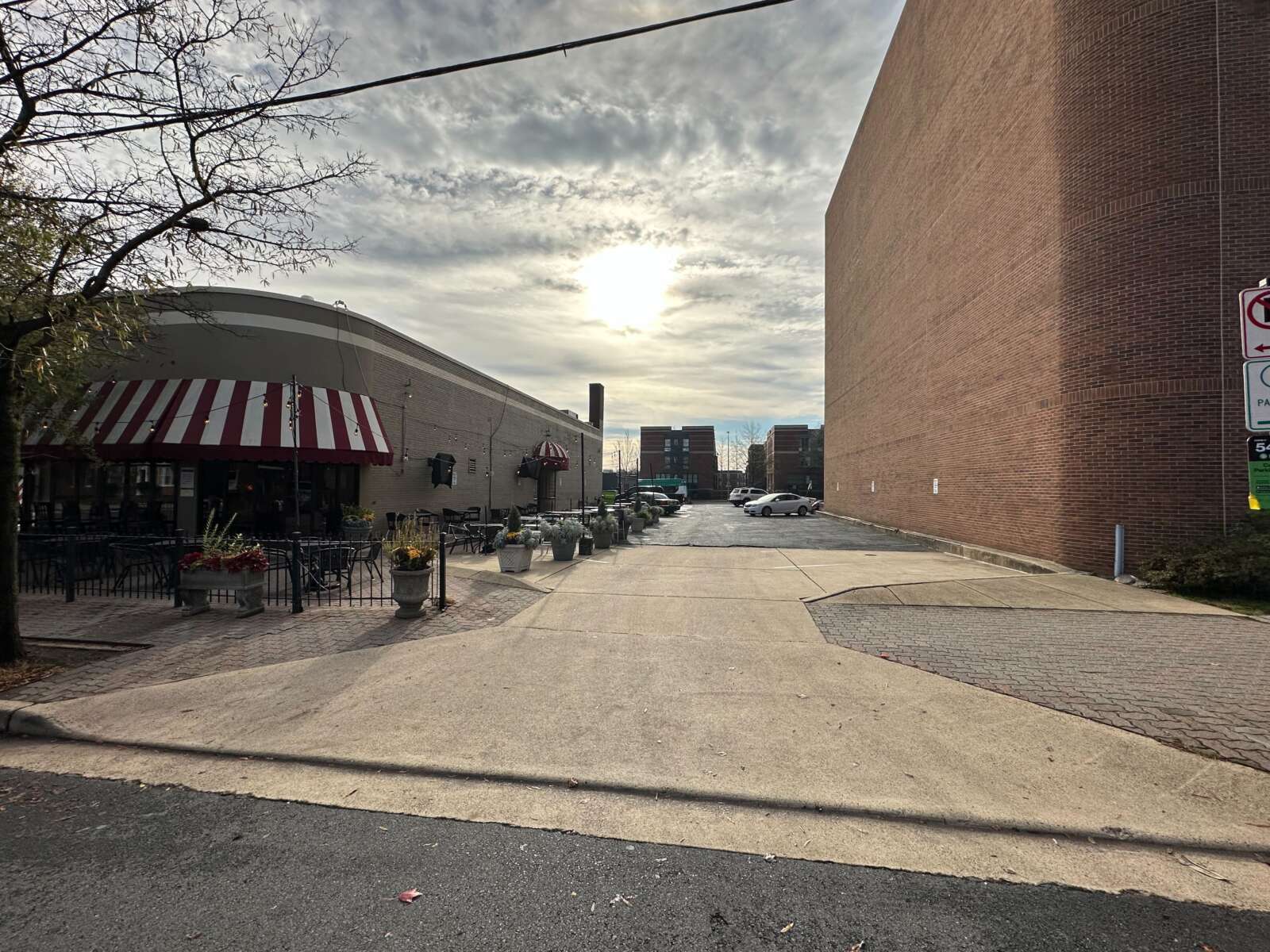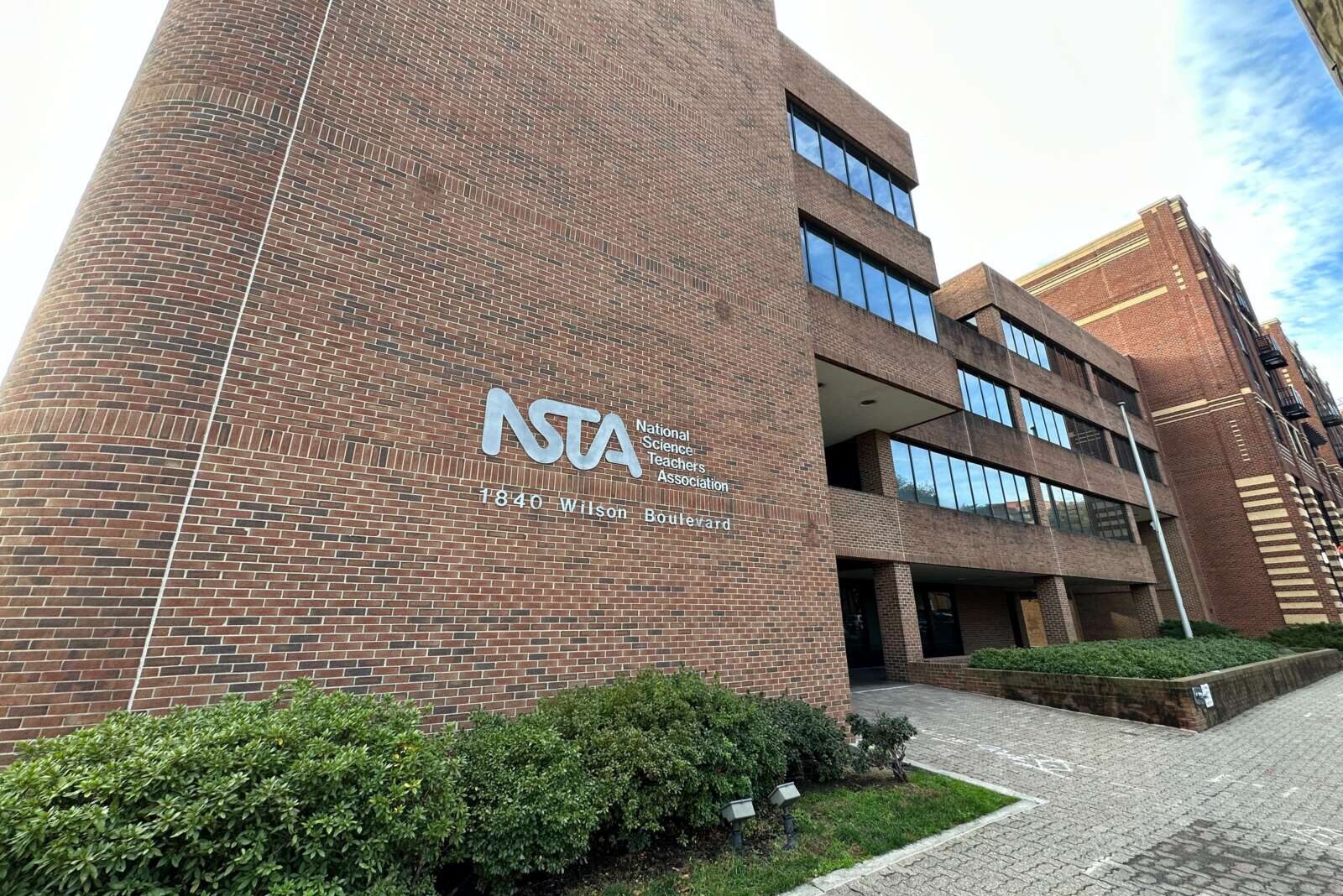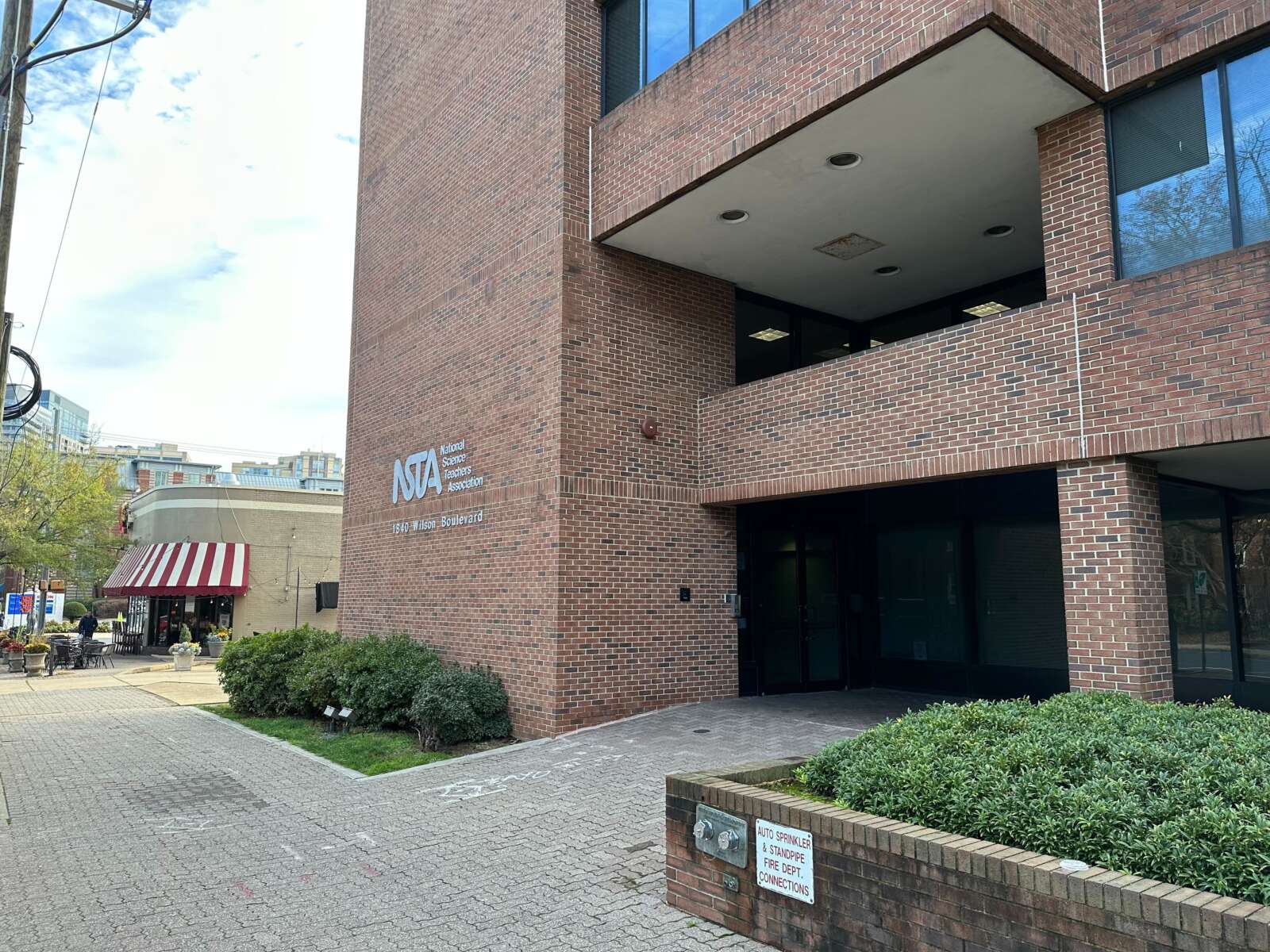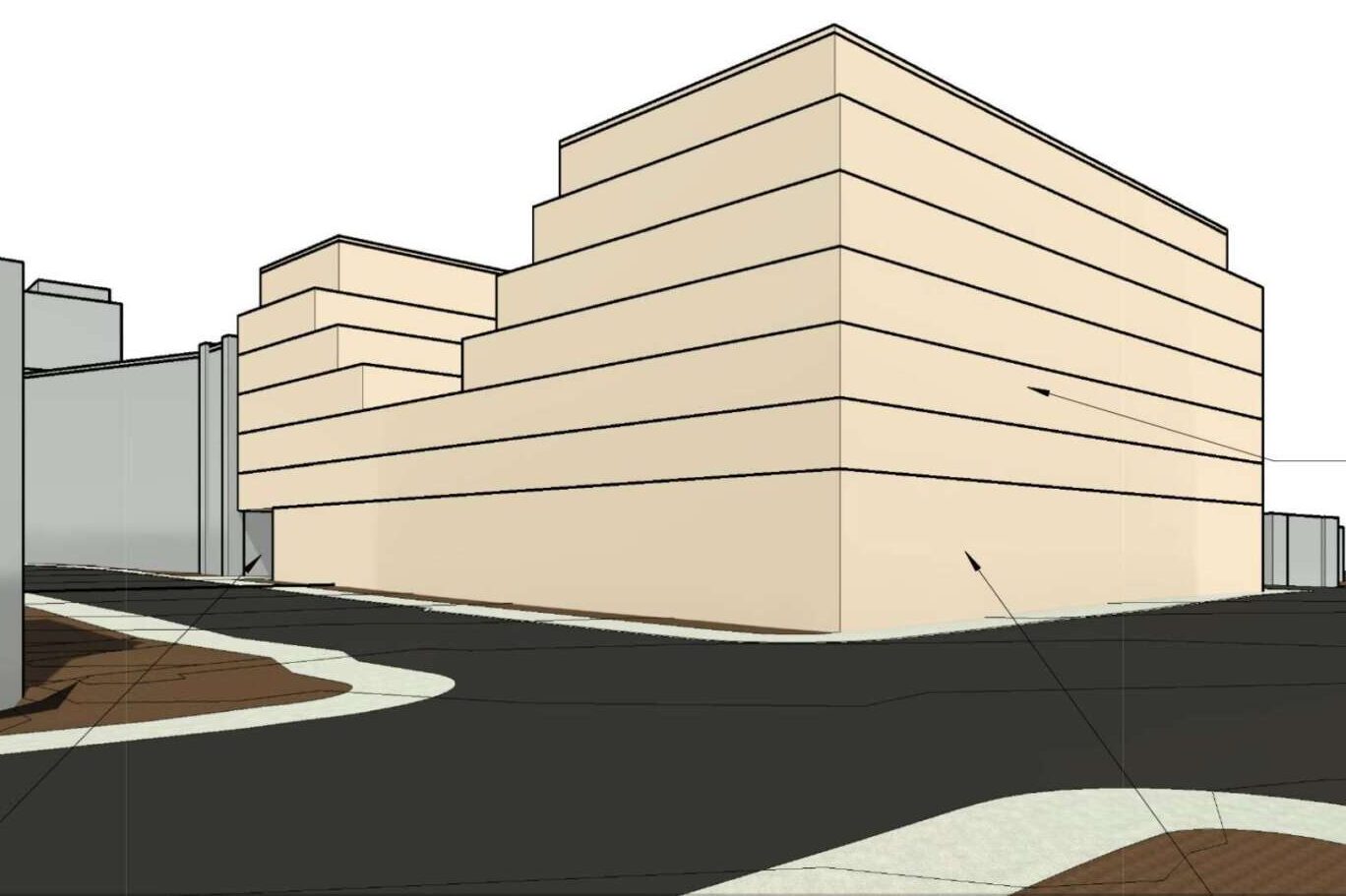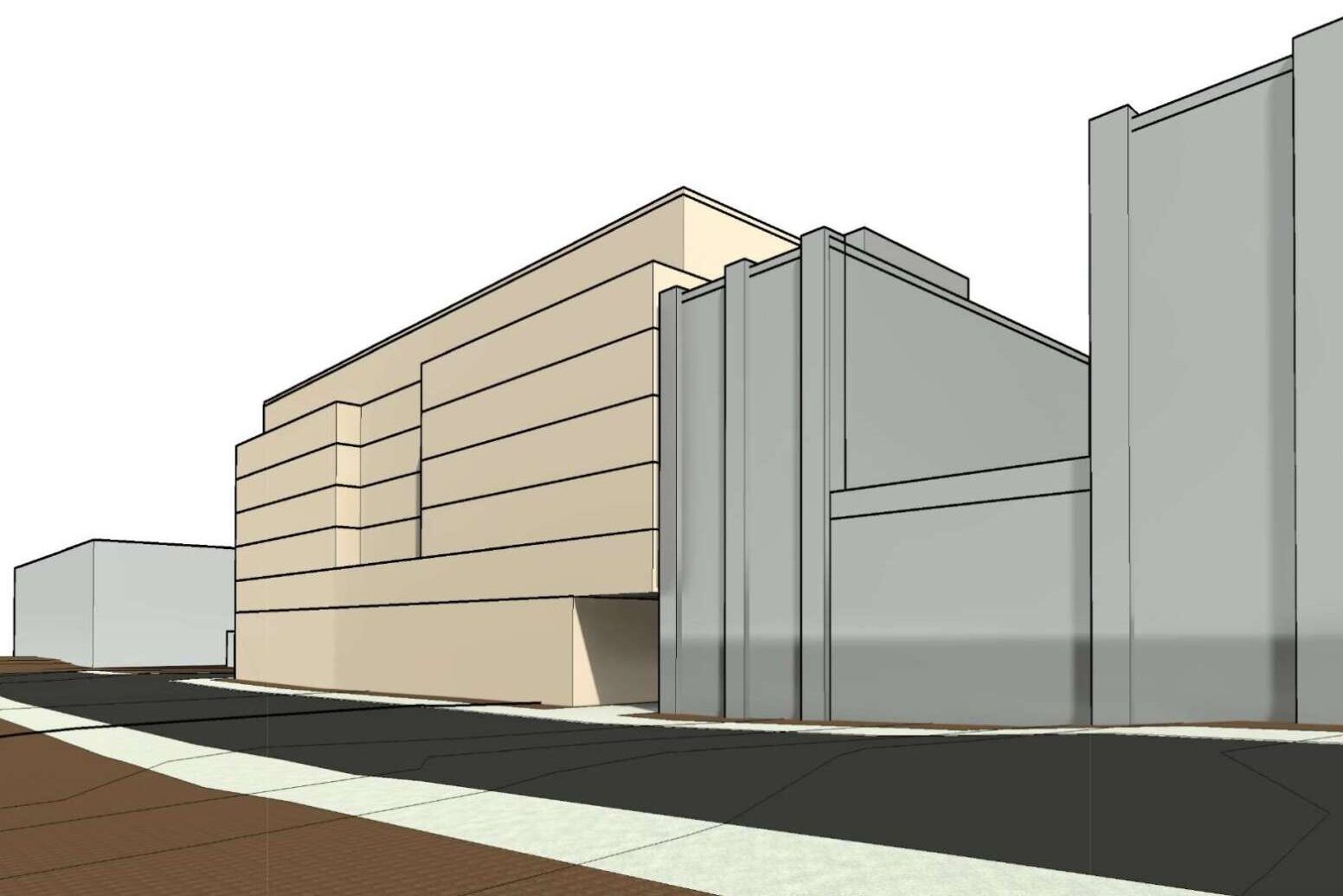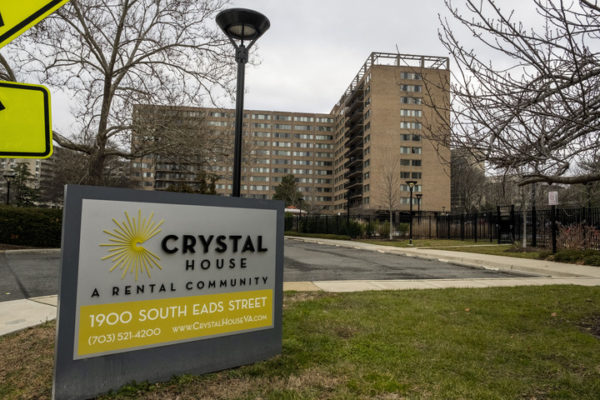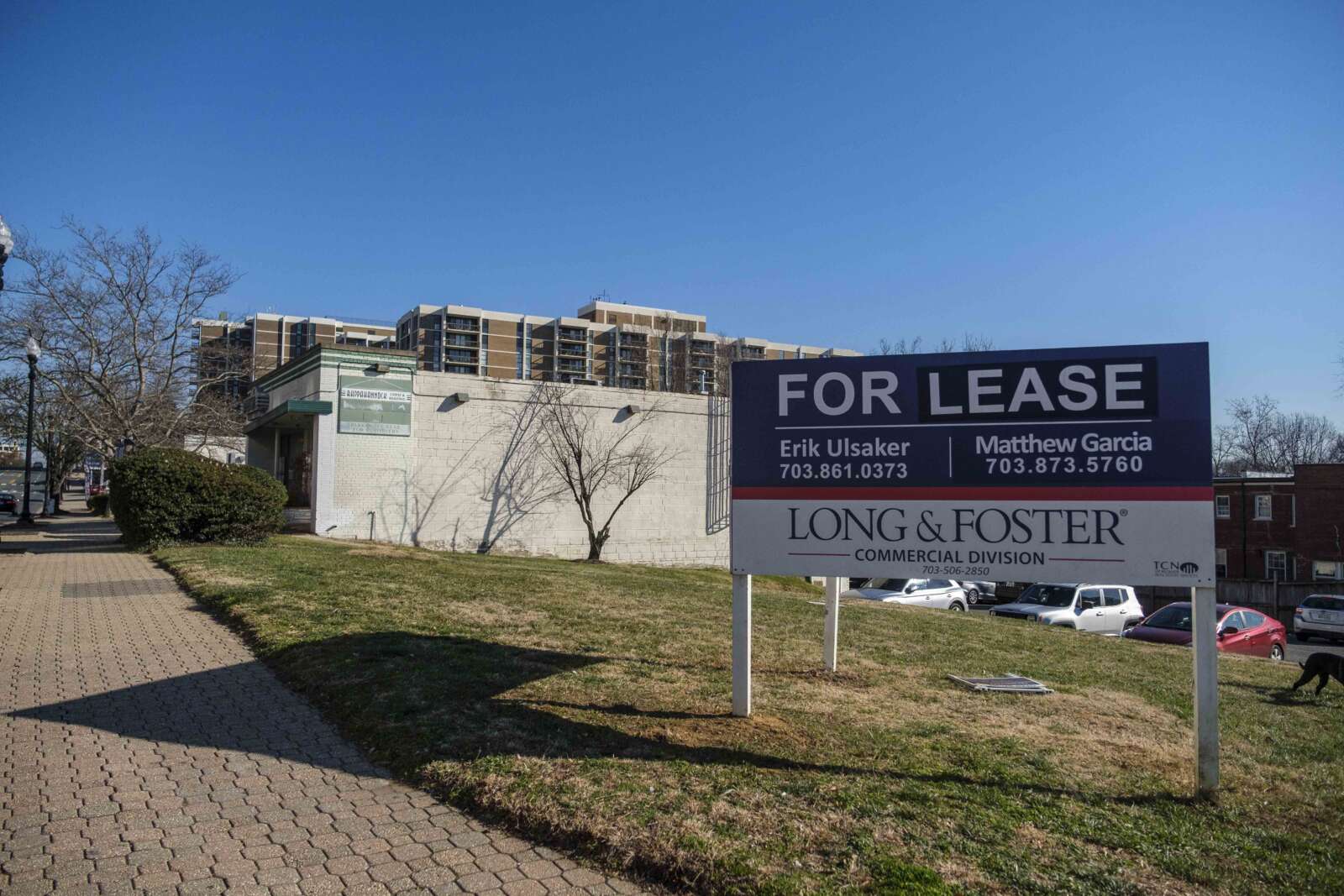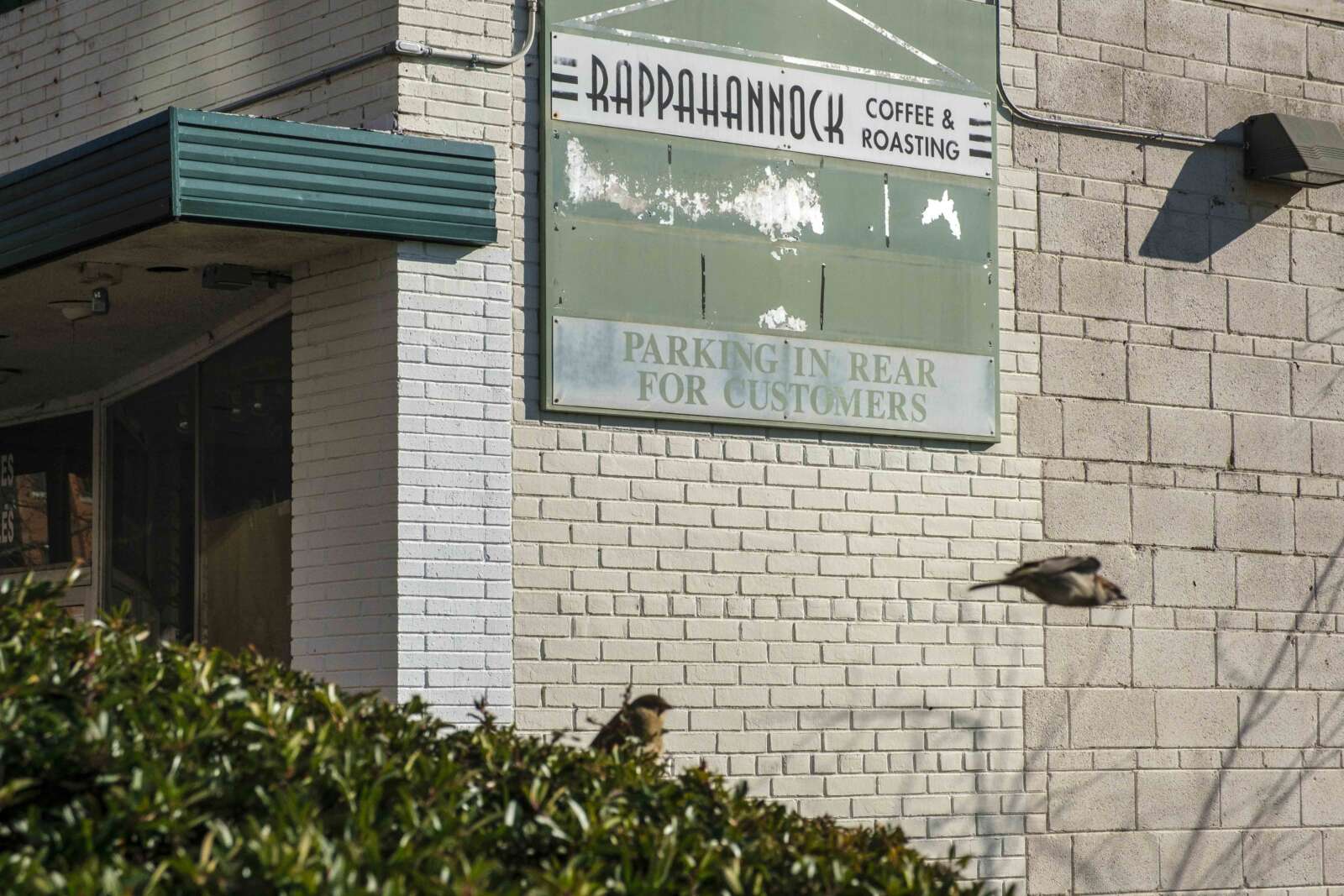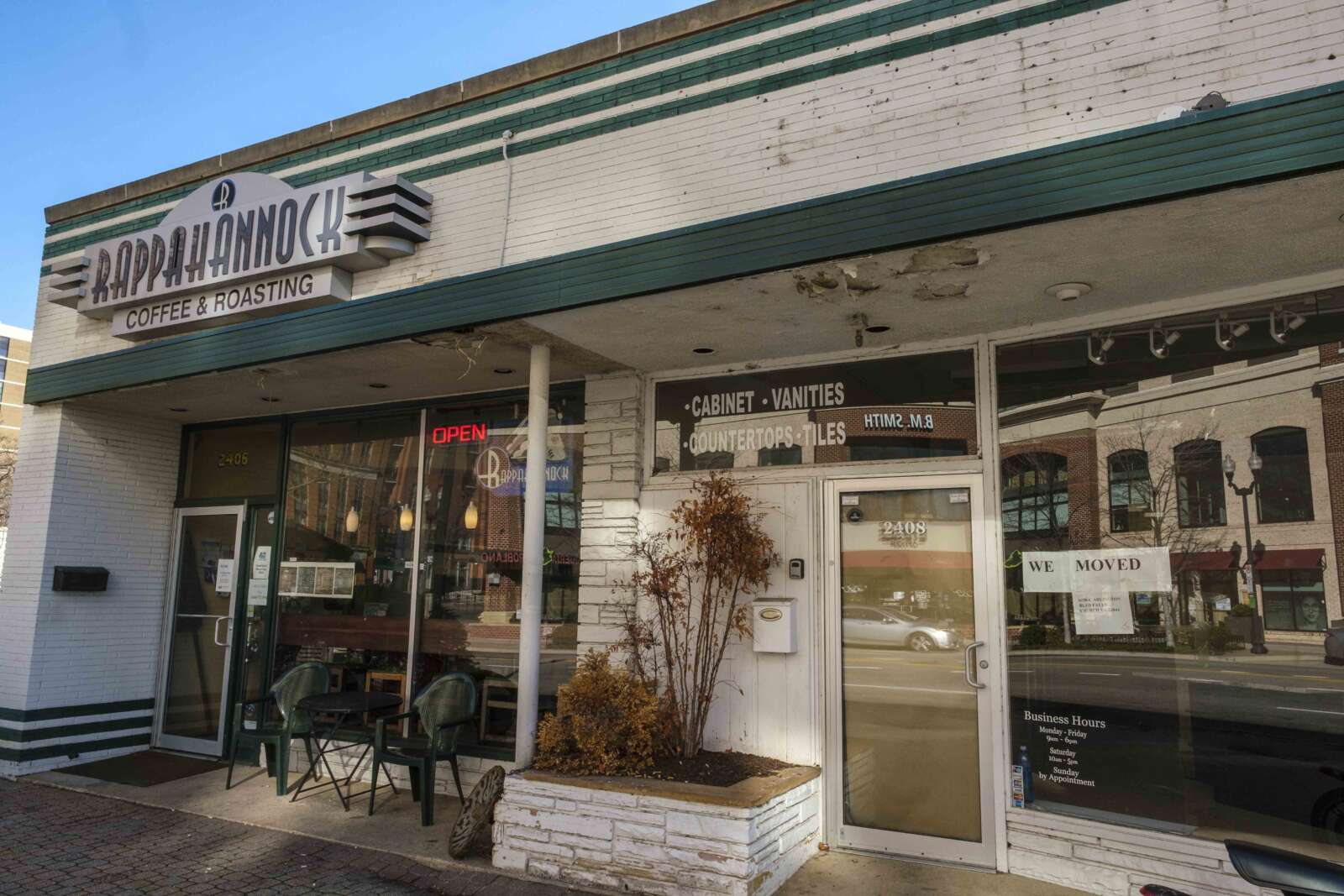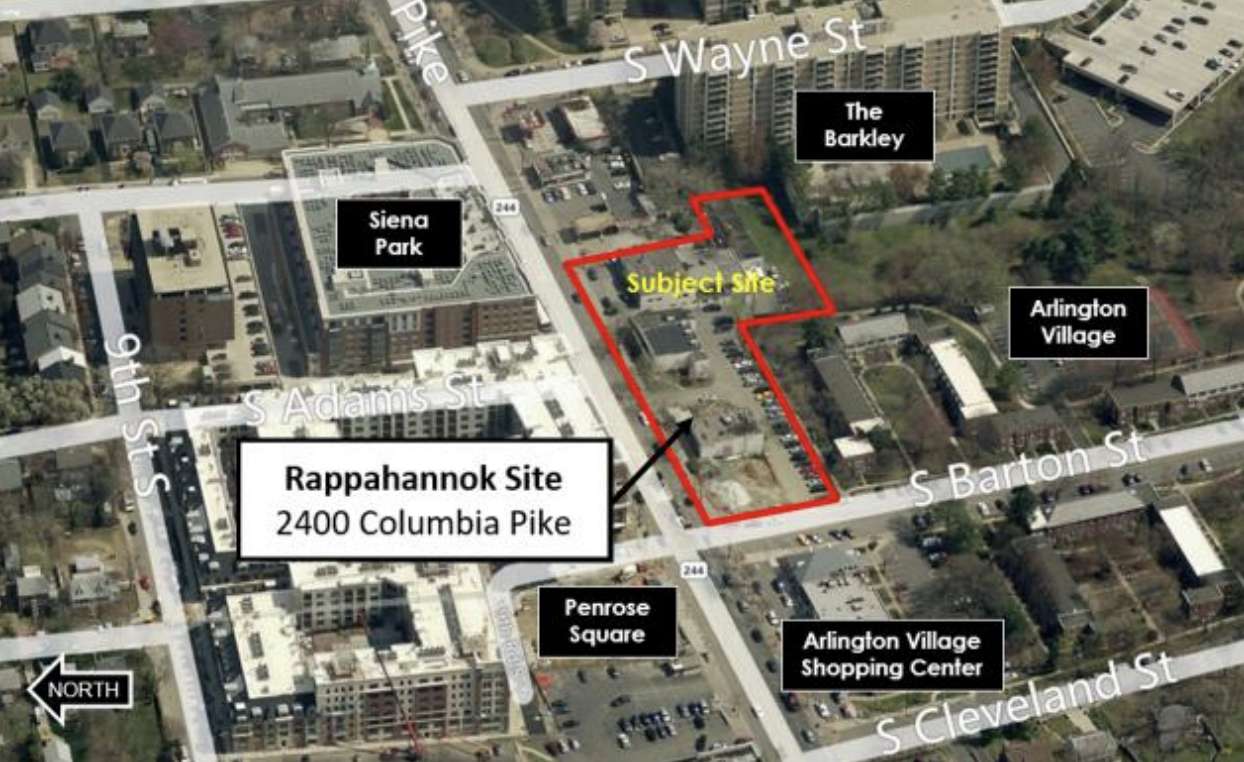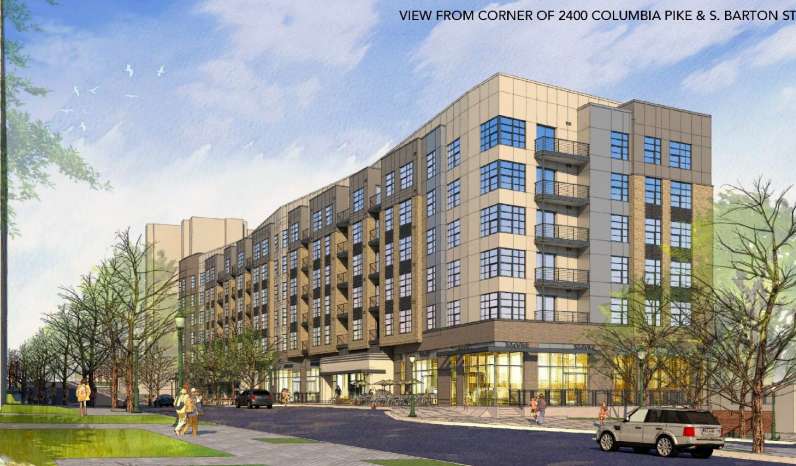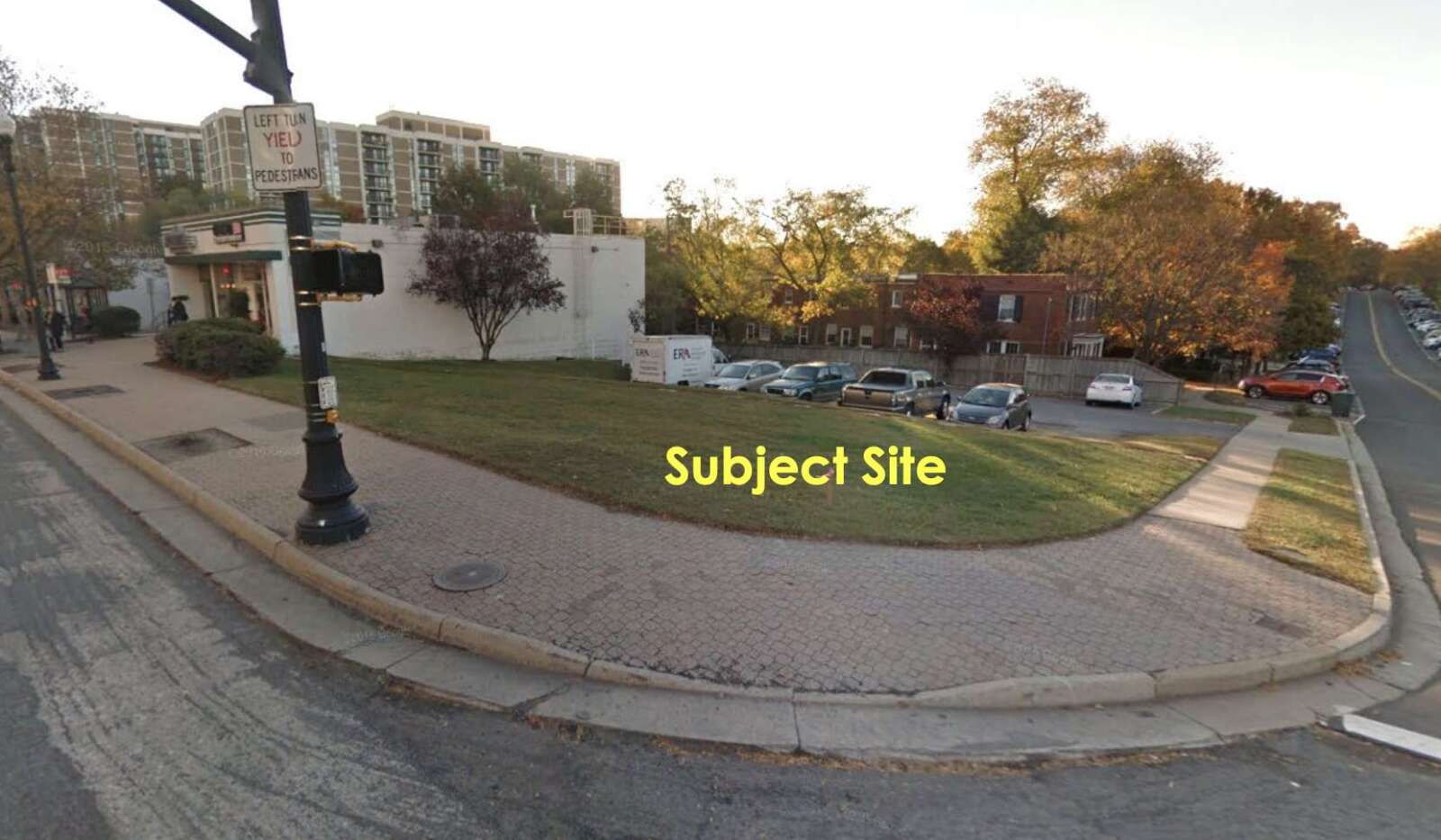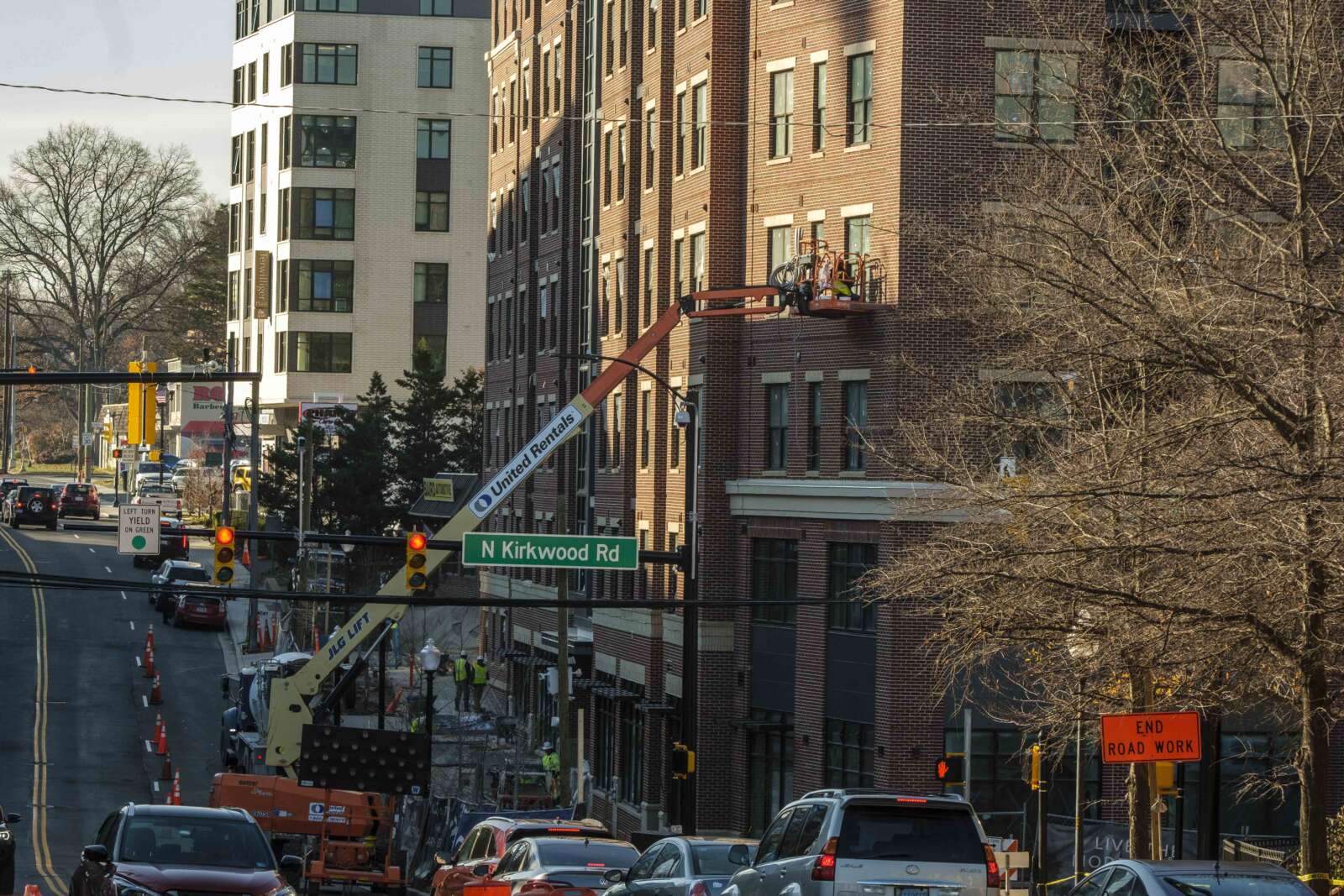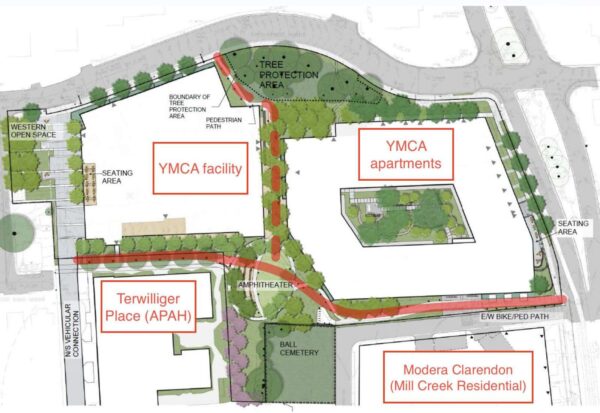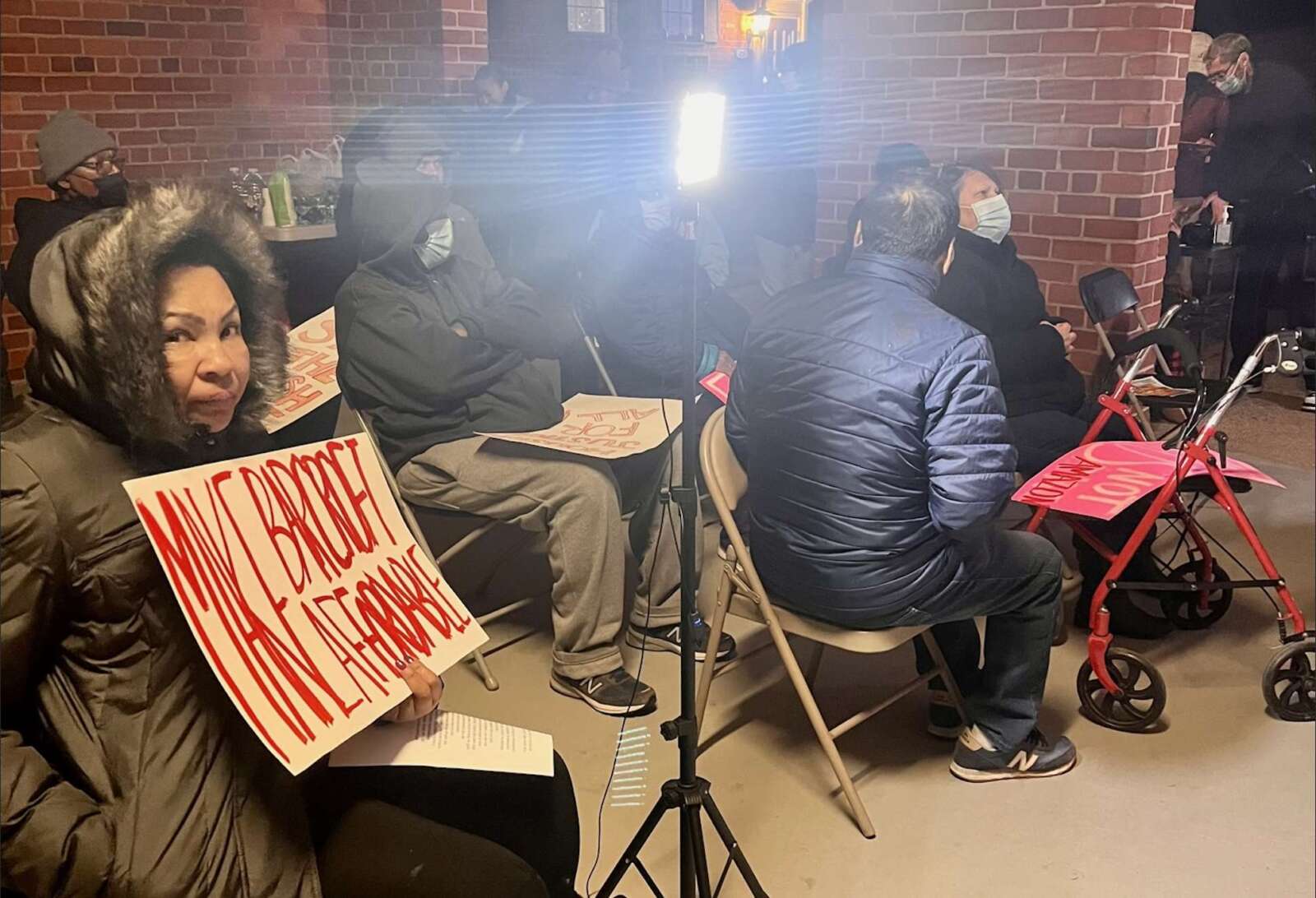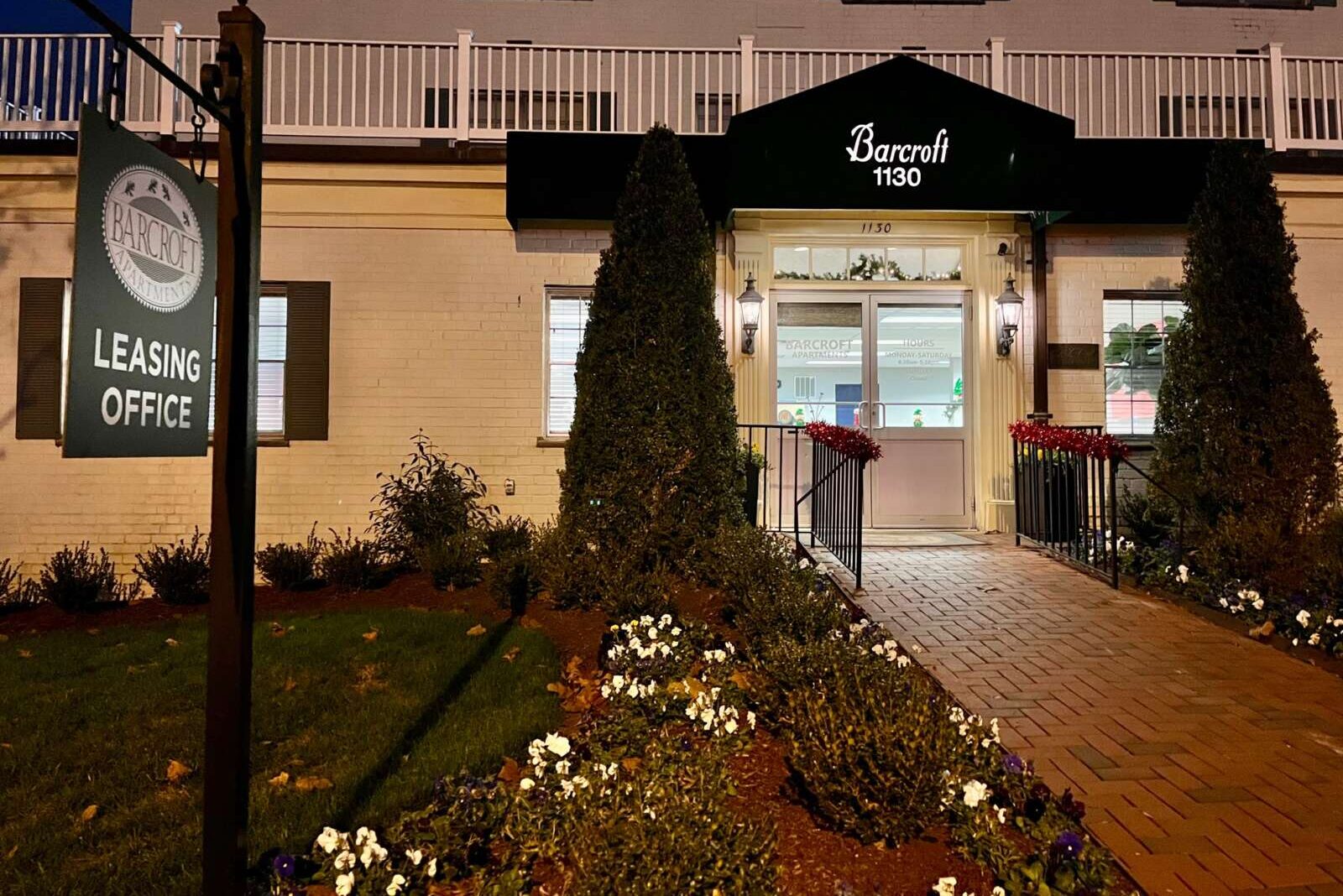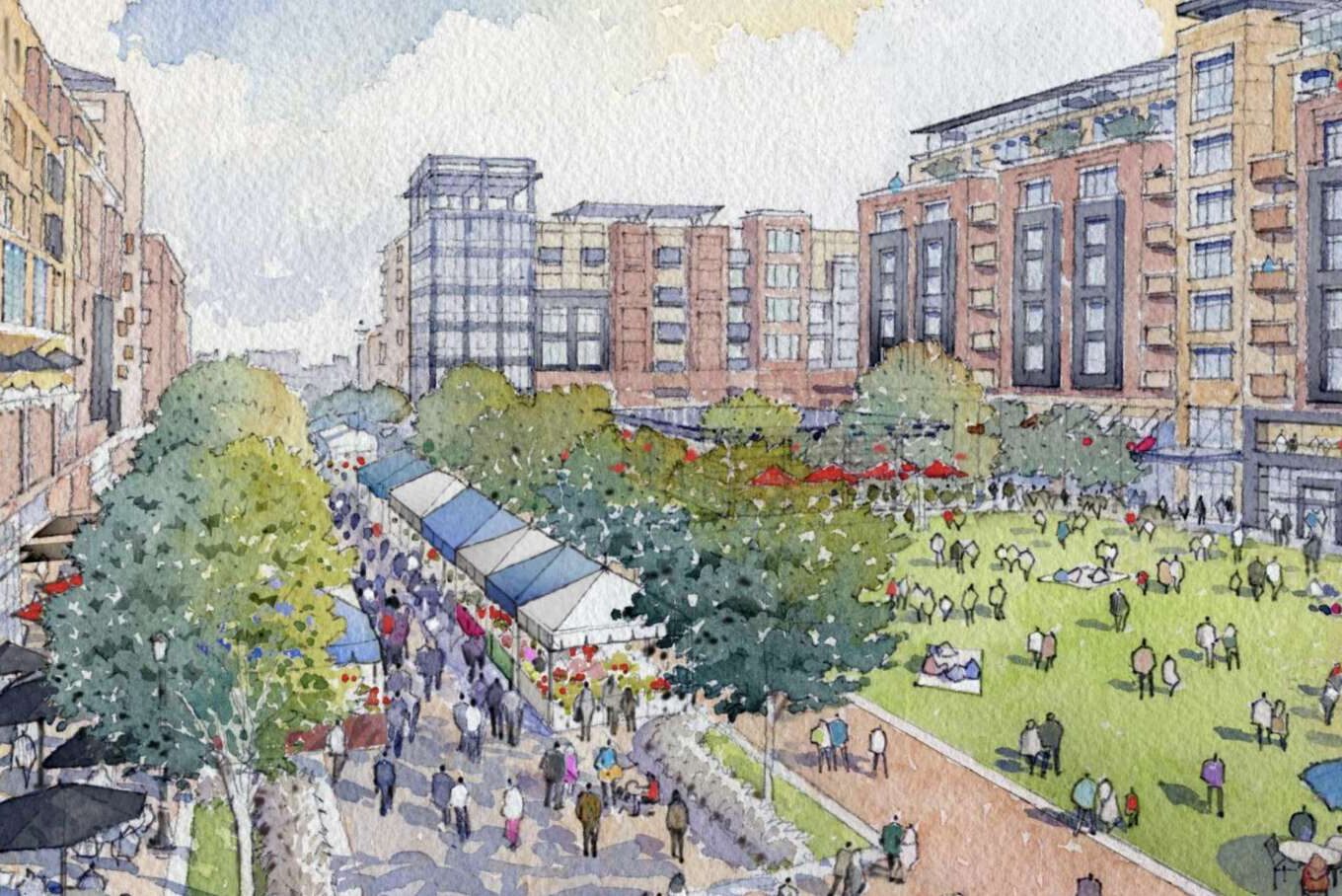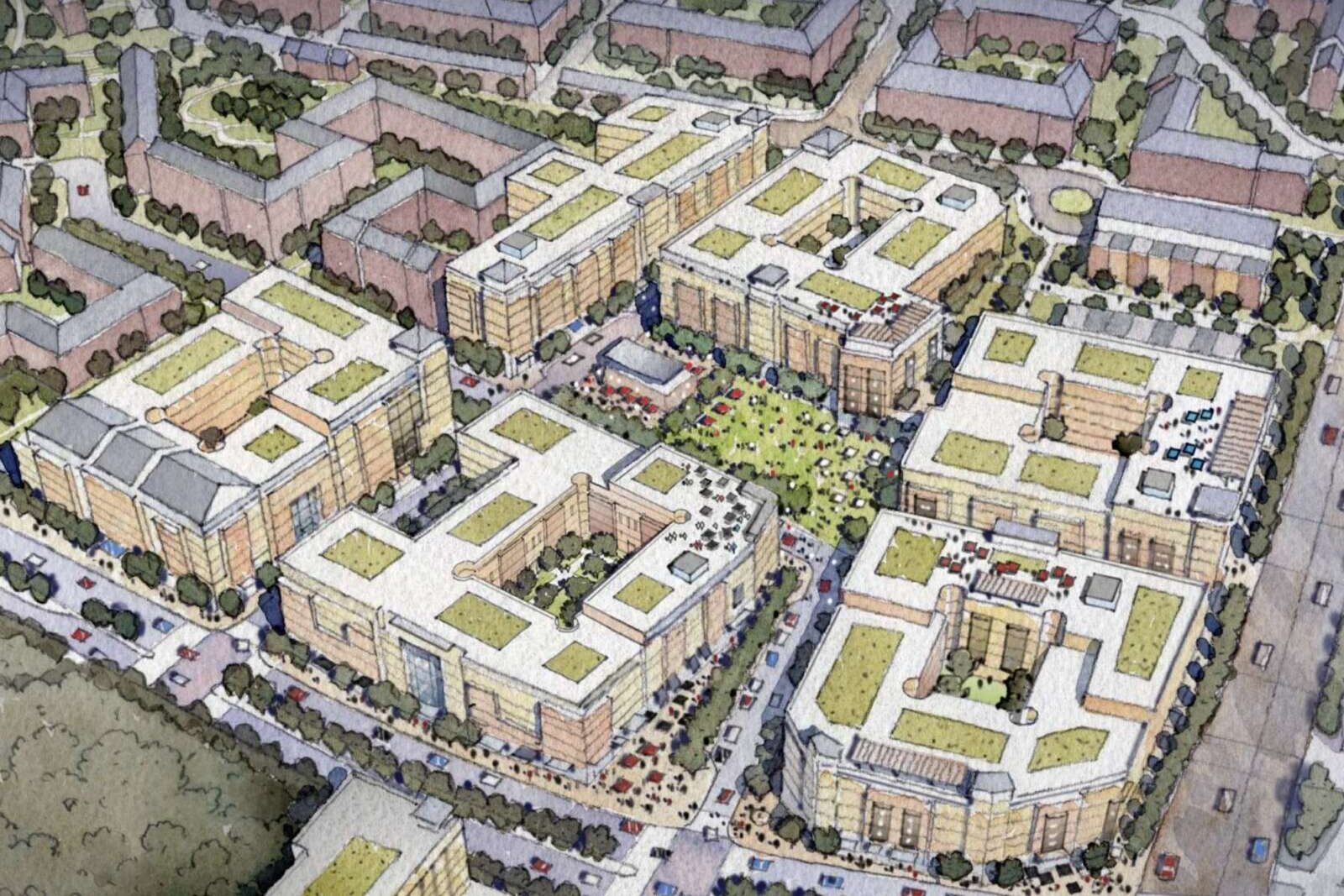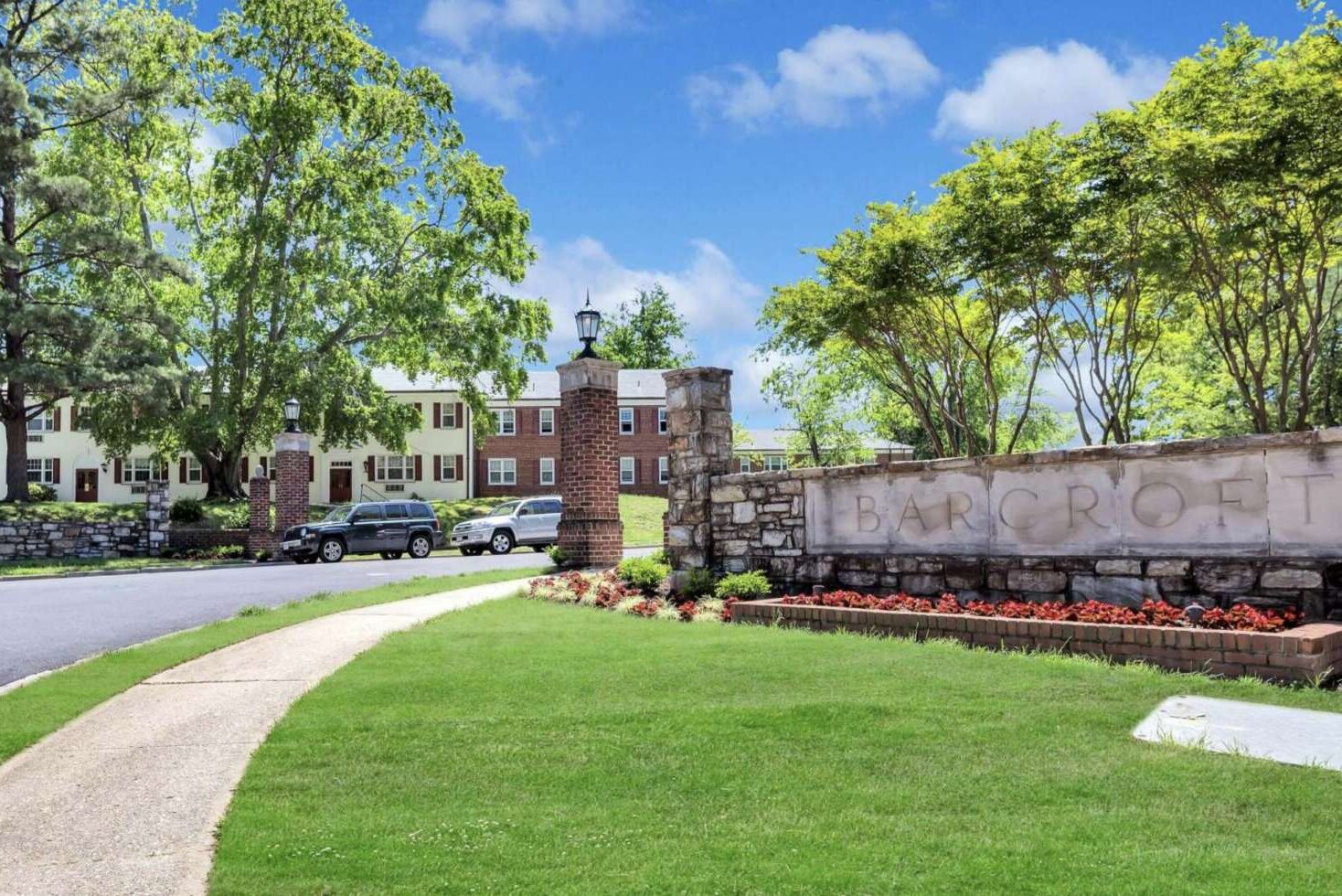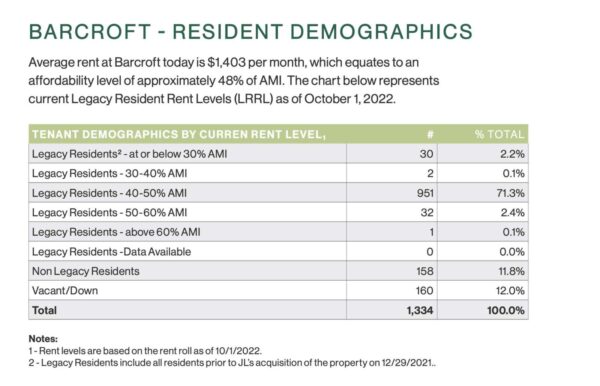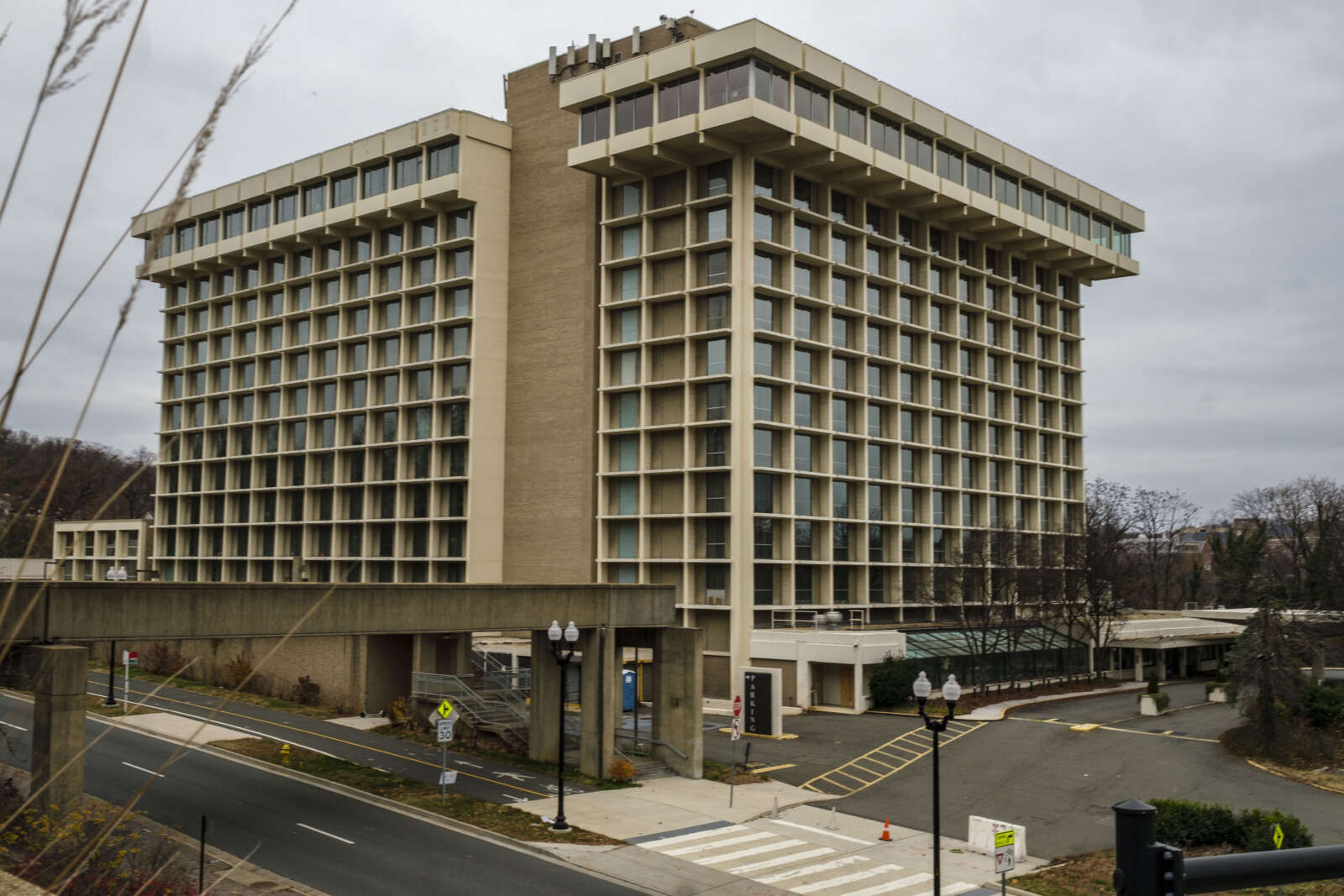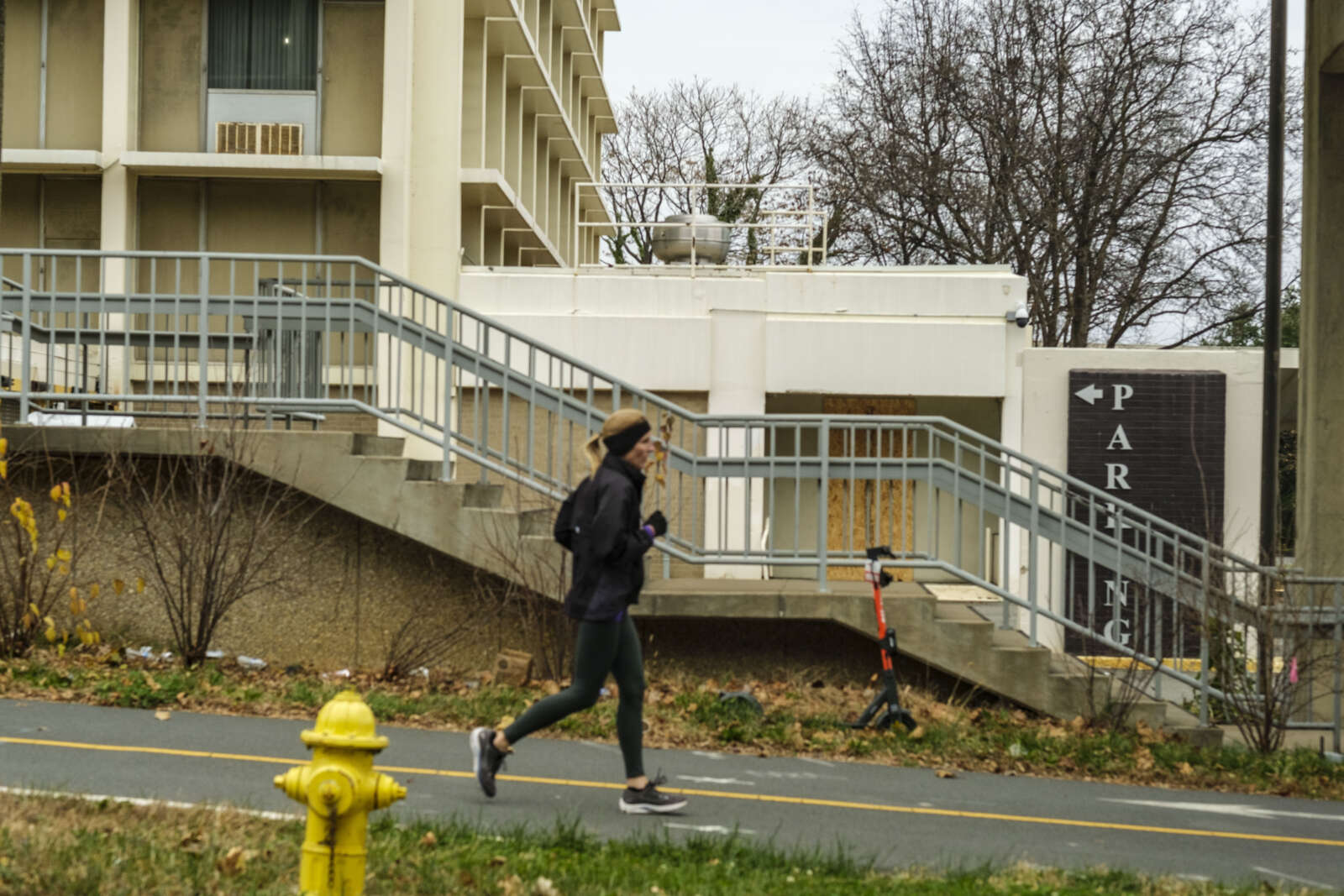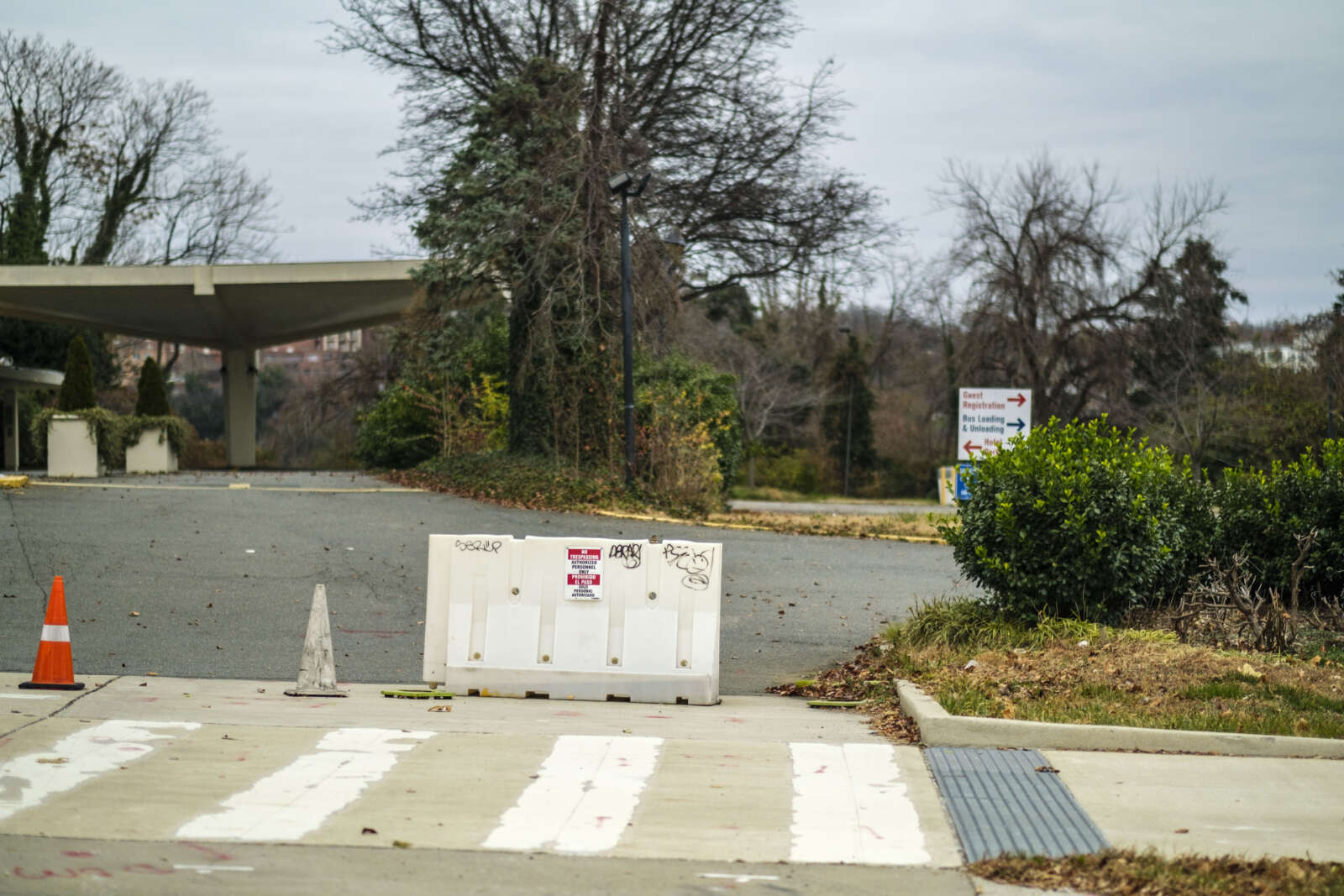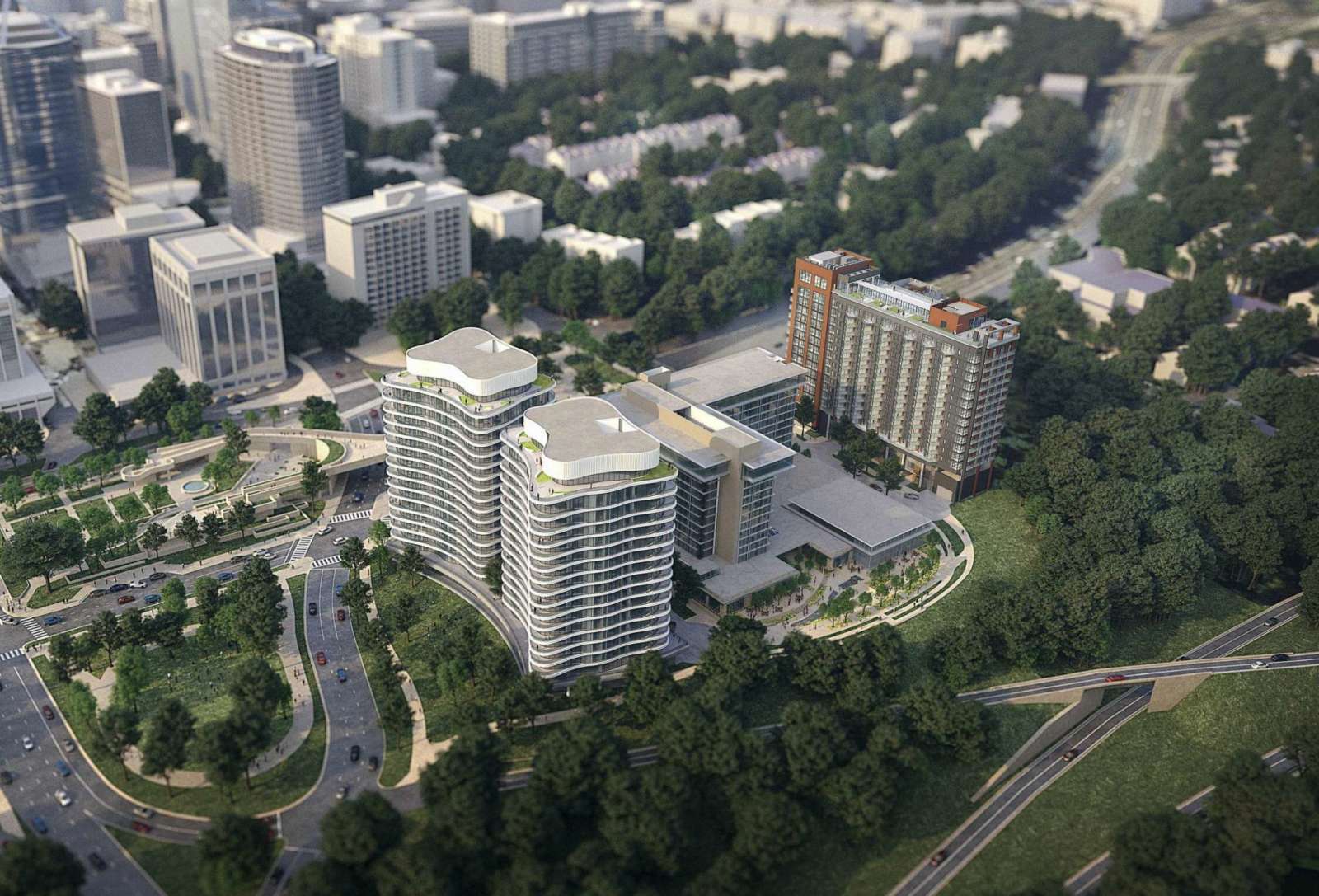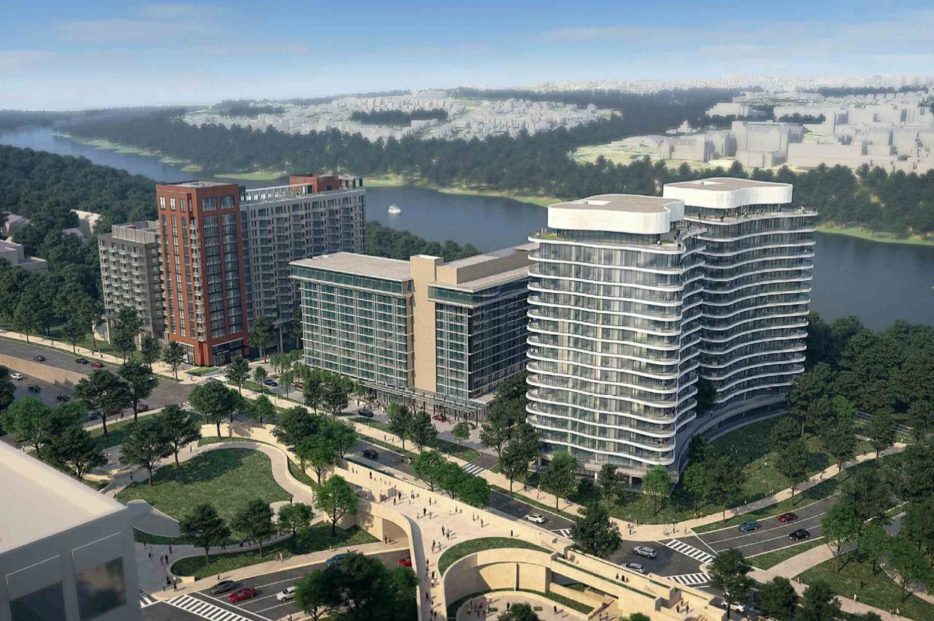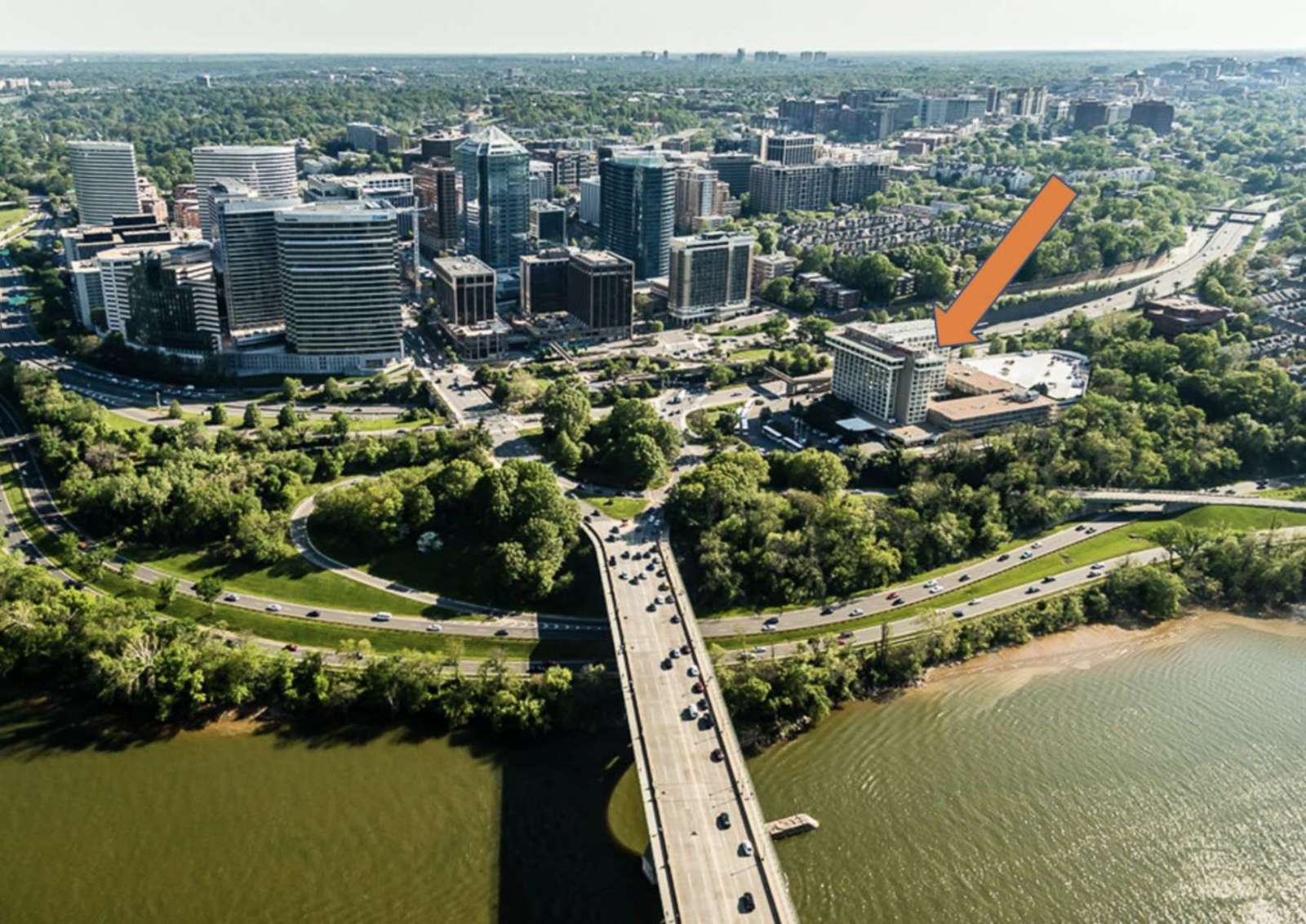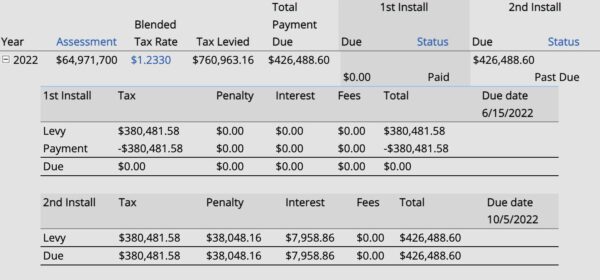Over the weekend, the Arlington County Board approved two redevelopment proposals, one in Clarendon and one on Columbia Pike.
It greenlit an apartment complex for the Joyce Motors site at 3201 10th Street N. in Clarendon and one for the Bank of America office building at 3401 Columbia Pike.
The Clarendon proposal includes a site plan to construct an 11-story apartment building with ground-floor retail. It includes nine on-site committed affordable units, including five “family-sized units” as well as the relocation and preservation of the historic Joyce Motors façade and the full building preservation of the Clarendon Barbershop building several blocks away.
“For historic preservation purposes, the Board also approved transferring developmental rights from the Clarendon Barbershop Building to the Joyce Motors site, allowing unused density to be used toward the proposed 11-story [mixed-use] building,” per a County Board press release.
The developer committed to installing new sidewalk, building portions of 10th Road N. and a new alley, as well as LEED Gold certification and nearly $1 million in cash contributions for transportation and public spaces.
“It’s really a big win for staff, the community, the project development team, I’m really thrilled to see it manifest this way,” said Board Chair Christian Dorsey. “It’s a testament to the fact that, I know developers are often considered the enemies in society, they are also the conduit to the implementation of the plans that the community wants to create.”
“It’s not going to happen if we don’t have people who are willing to put together and take on all kinds of risks to get things done,” Dorsey continued. “The beauty of that is we can have win-wins, where you have a development team that hopefully has a successful project but the community, for generations, has something that reflects the plans they come up with.”
On the Pike, the Board approved the construction of a six-story, 250-unit apartment building and about 5,000 square feet of ground-floor retail and commercial space, at the busy corner of S. Glebe Road and the Pike.
Normally, these kinds of projects are supposed to receive administrative approvals via the Columbia Pike Form-Based Code. This project, however, required County Board approval in part because the developer, Marcus Partners, requested relief from height restrictions on a portion of the property.
“This is a strong project, I do… appreciate a little bit of architectural diversity coming forward, I think it will add a lot to the neighborhood,” said Board Member Katie Cristol. “I appreciate our staff’s efforts to make sure compliance with the code is a floor in terms of fulfilling the vision of the neighborhood as well as thorough, additional work to mitigate impacts that may be happening and maximizing the positives.”


